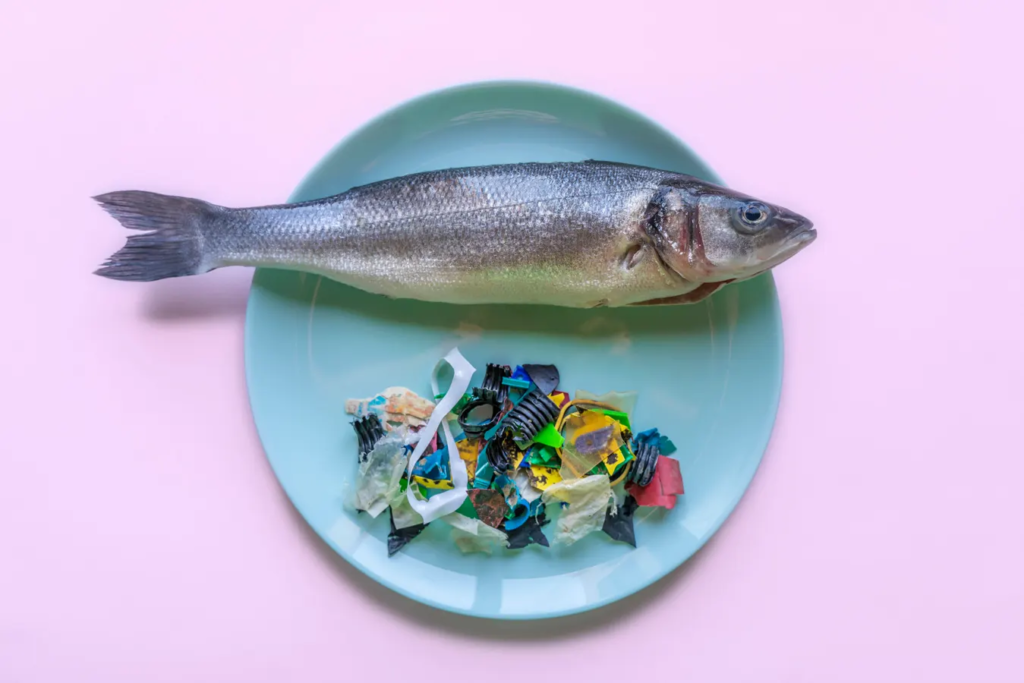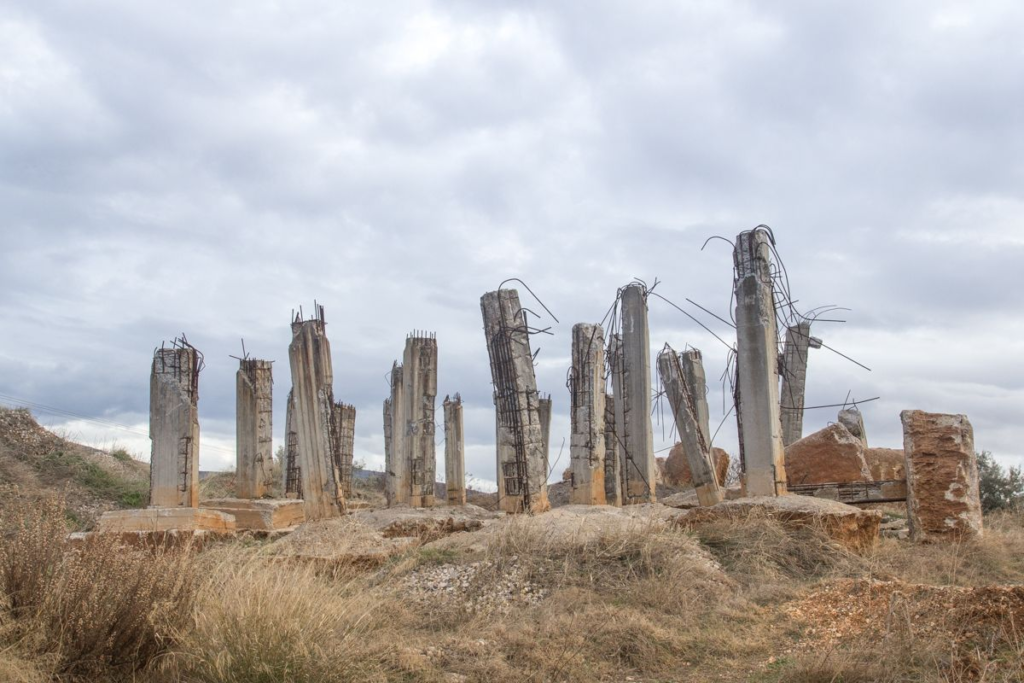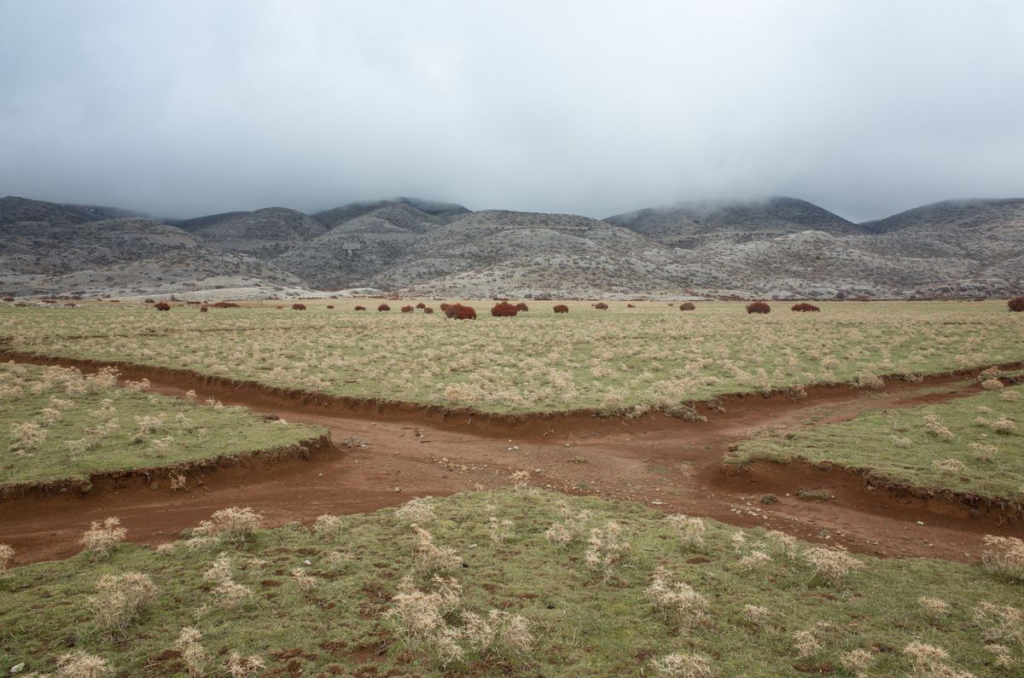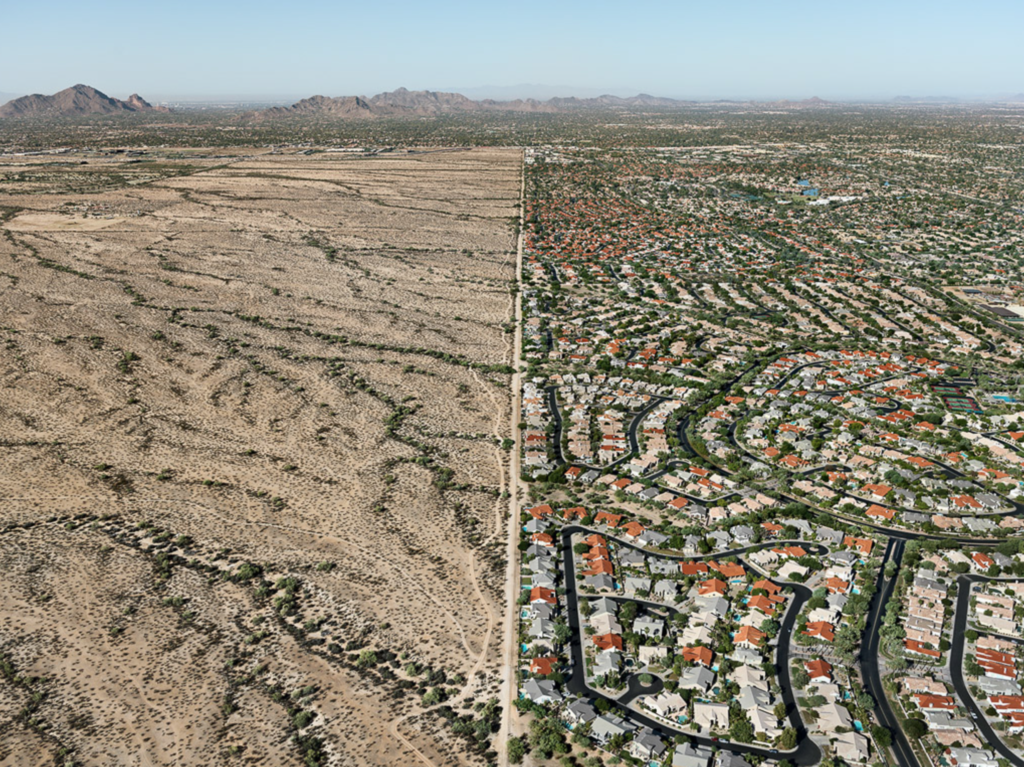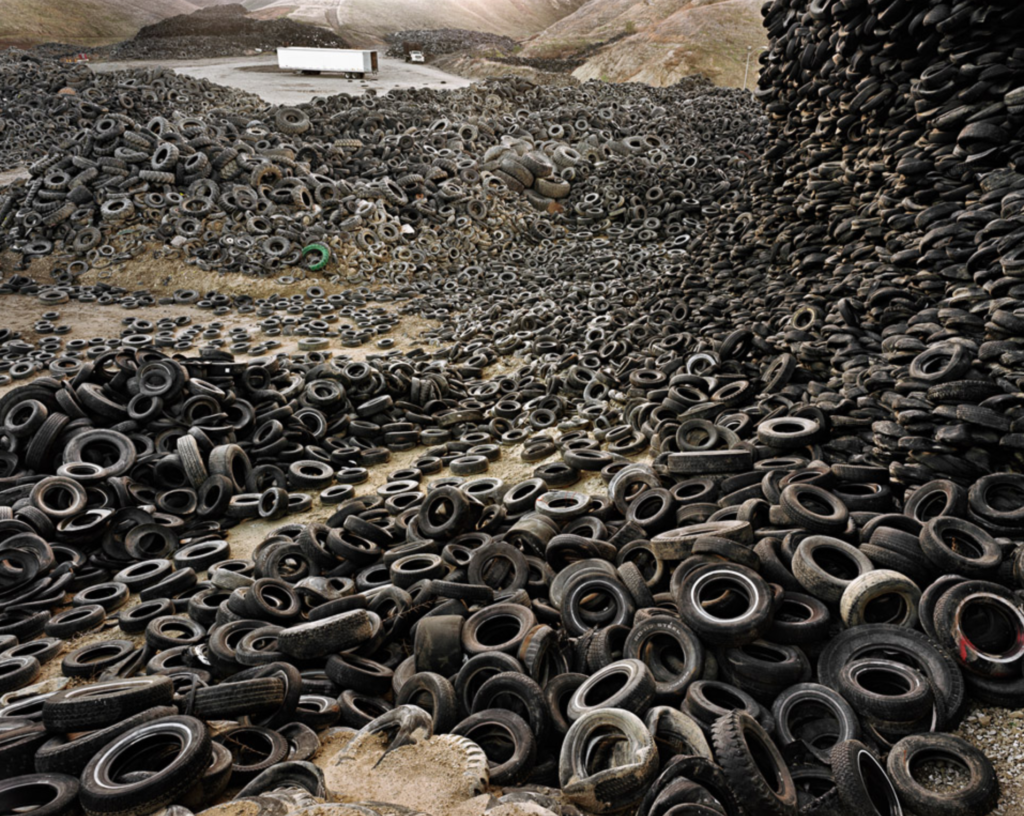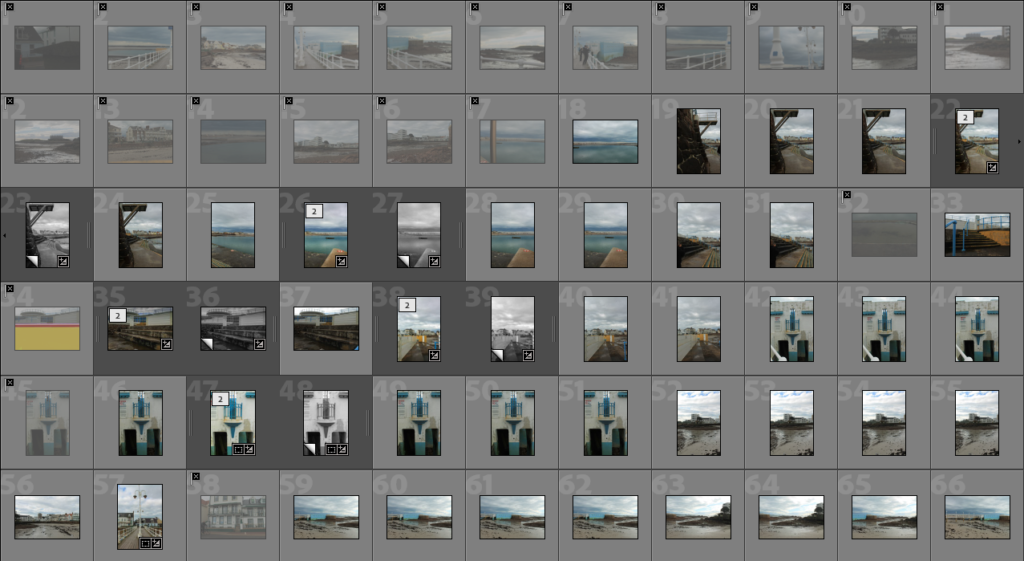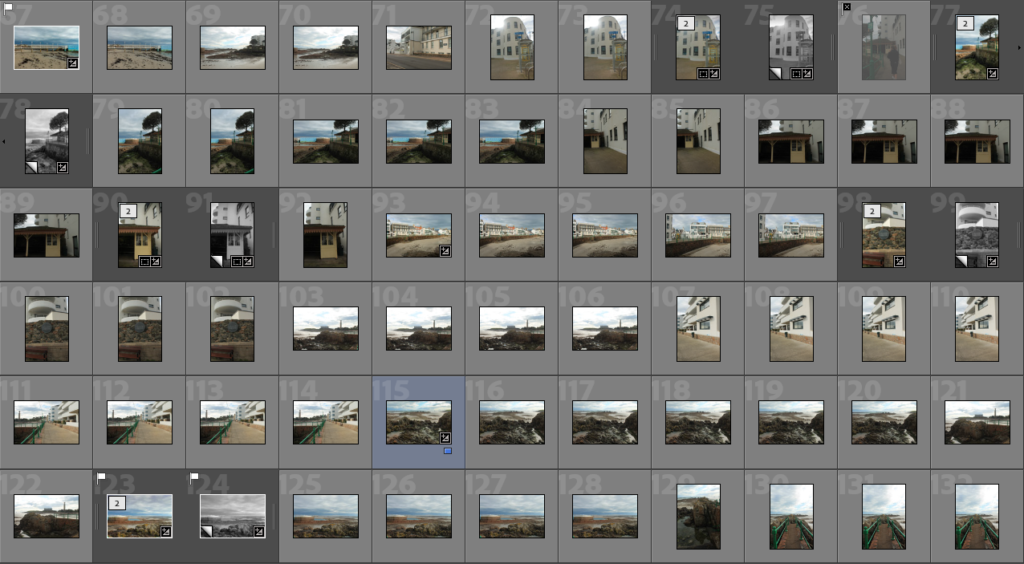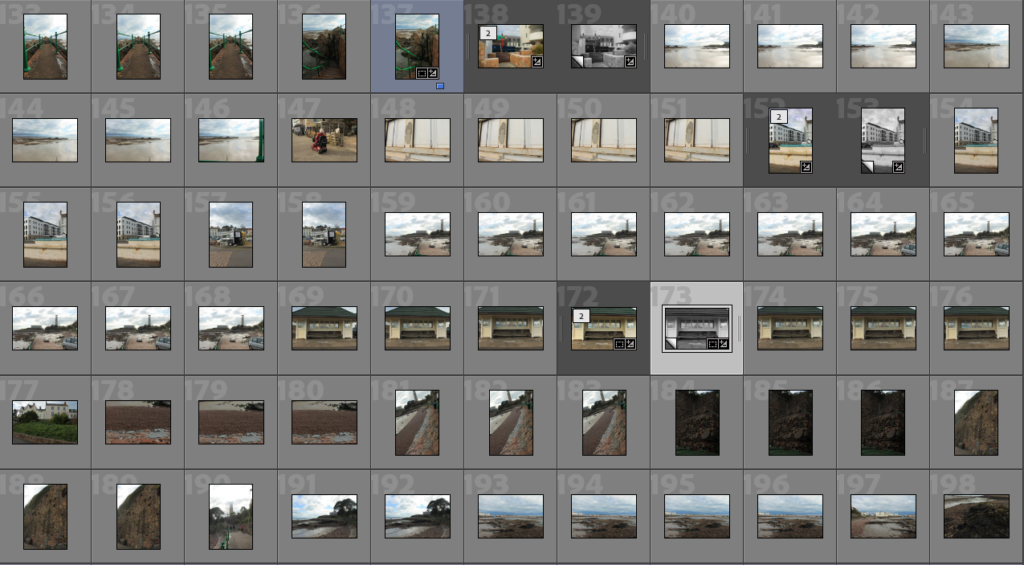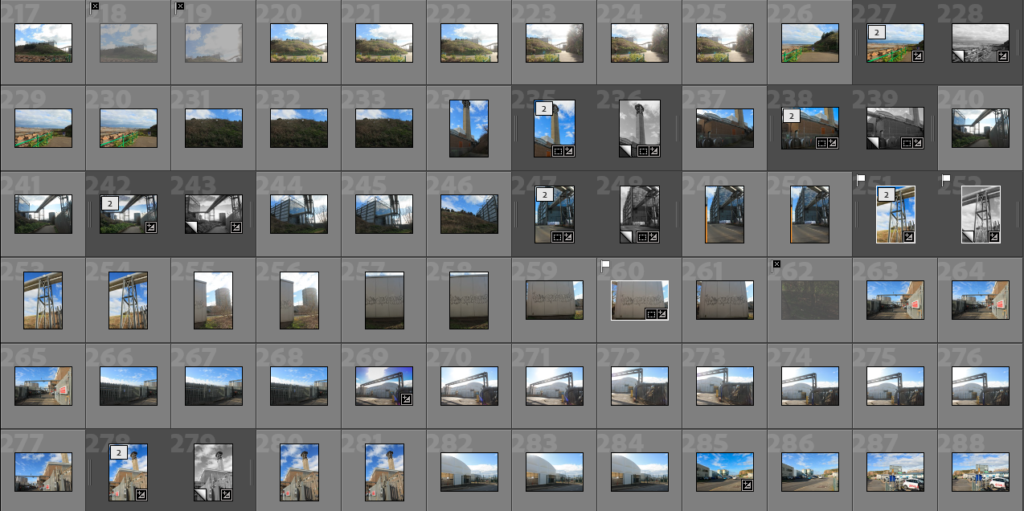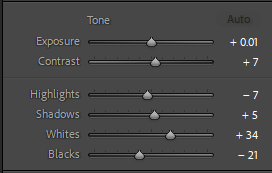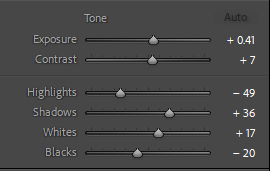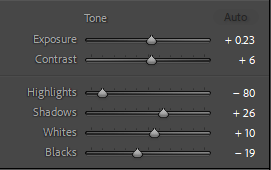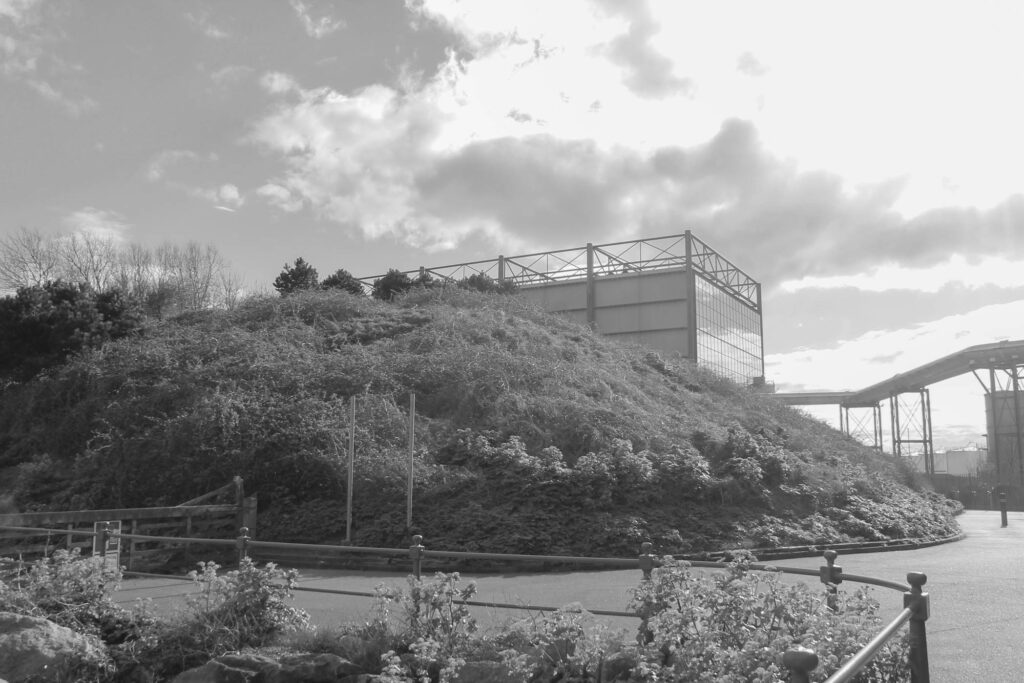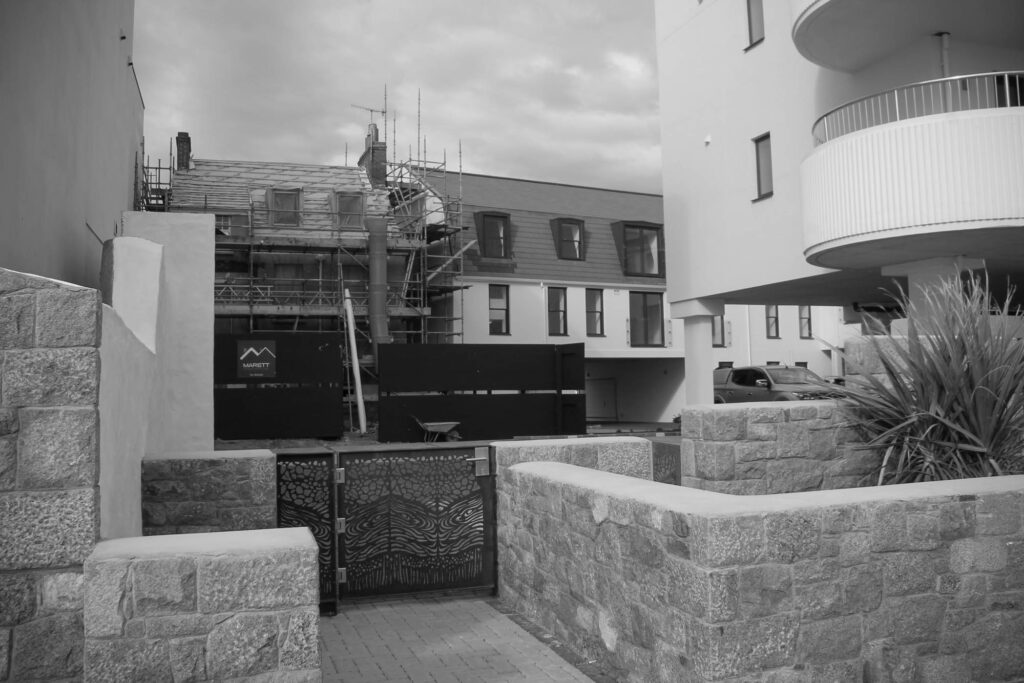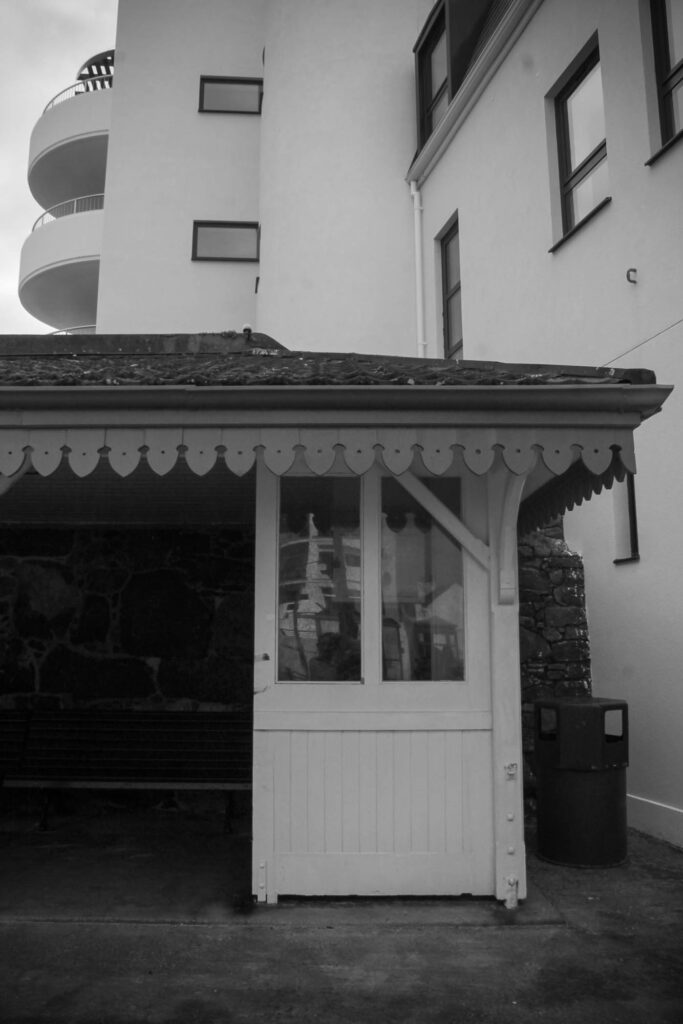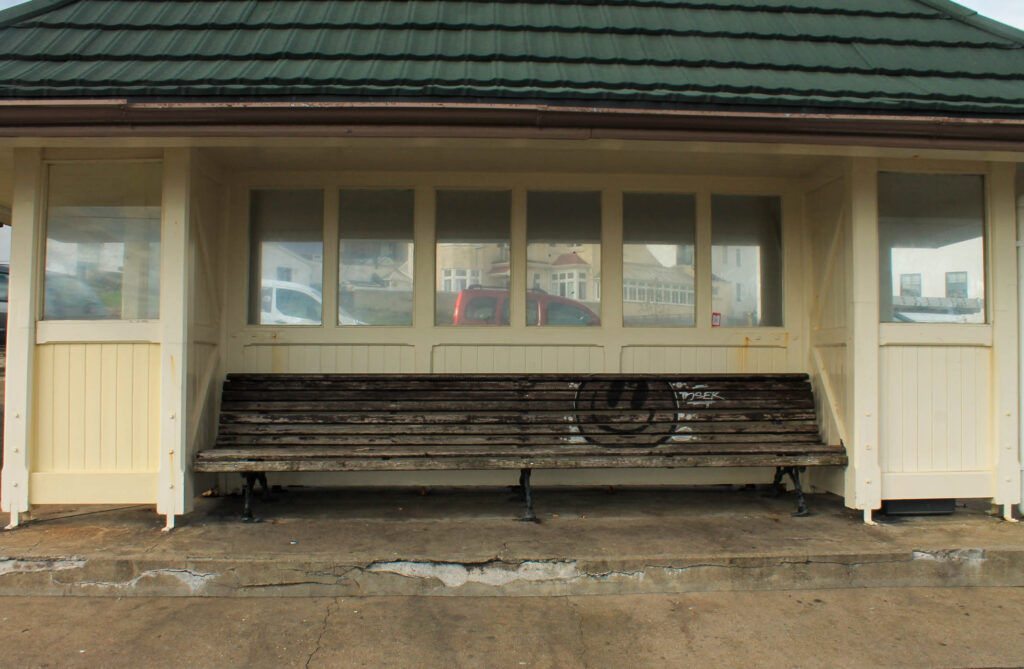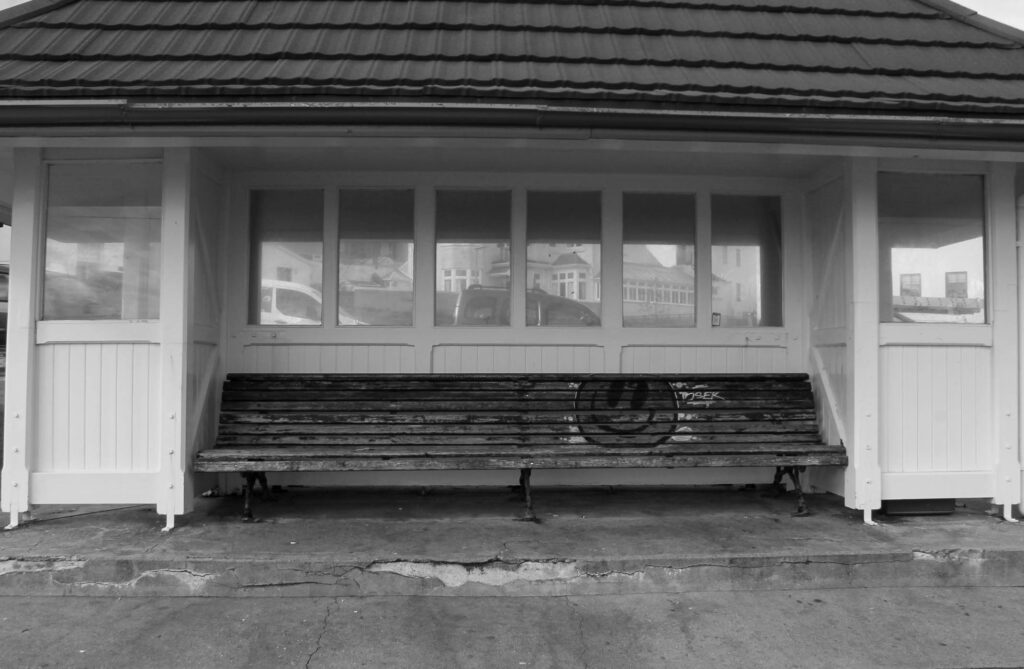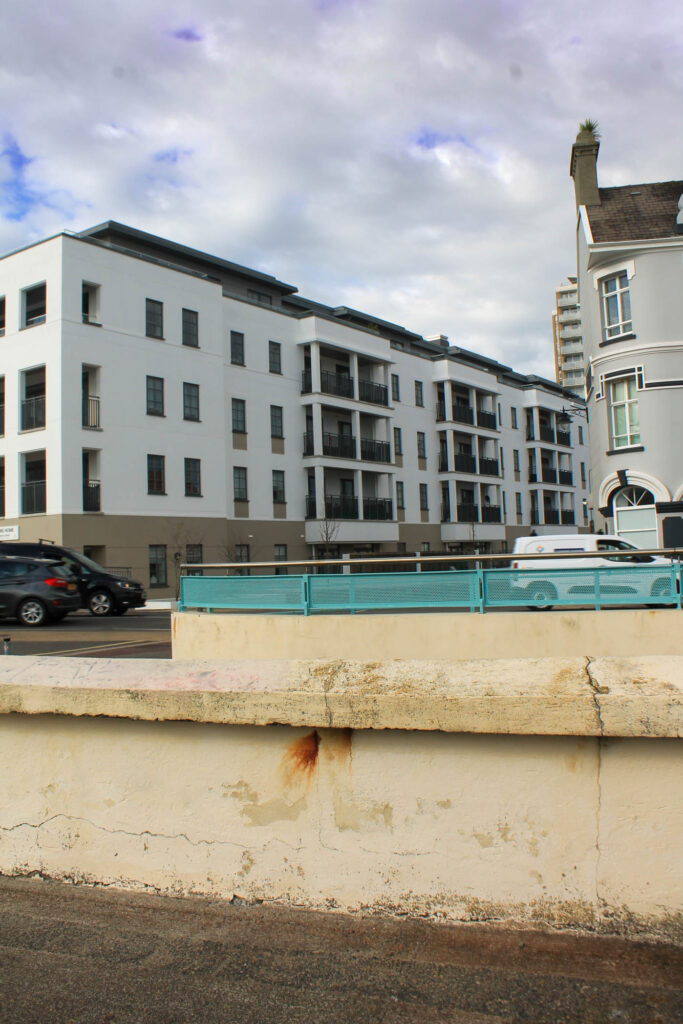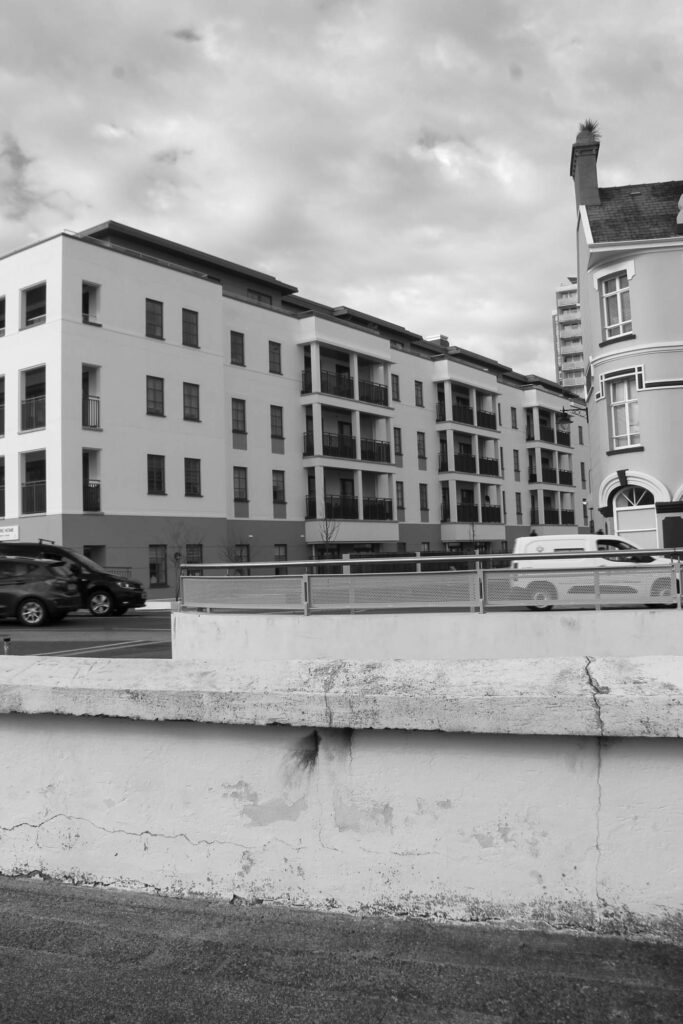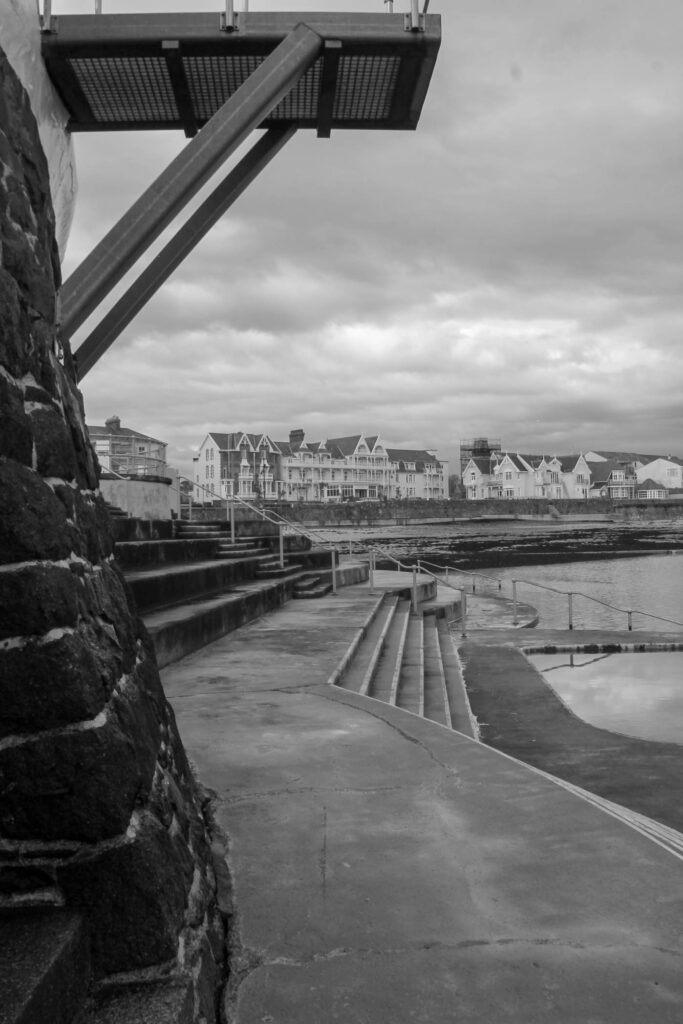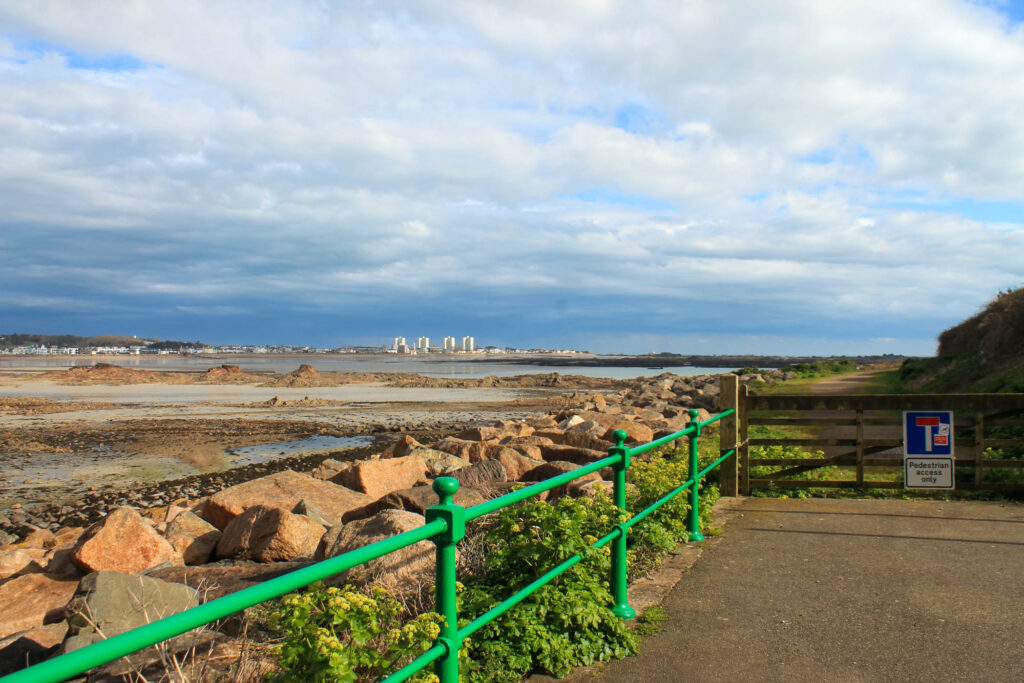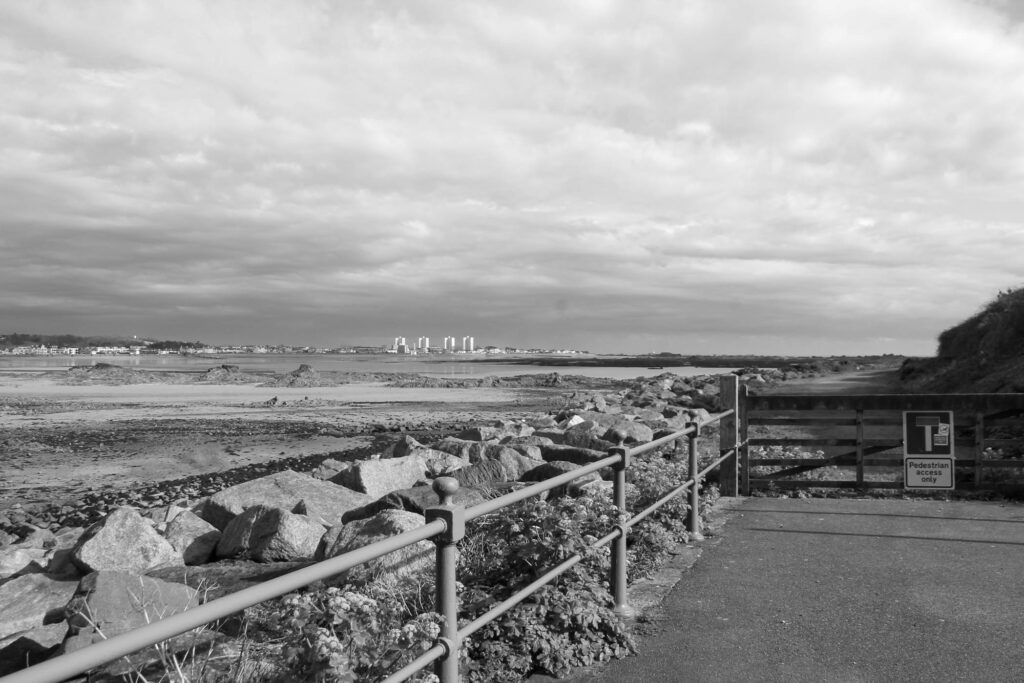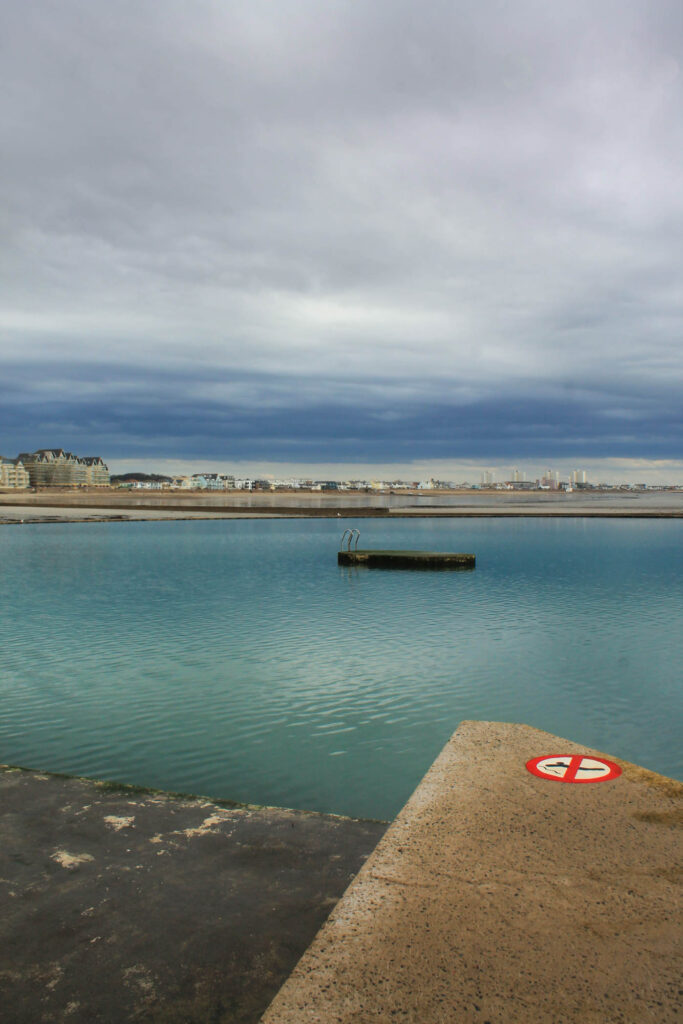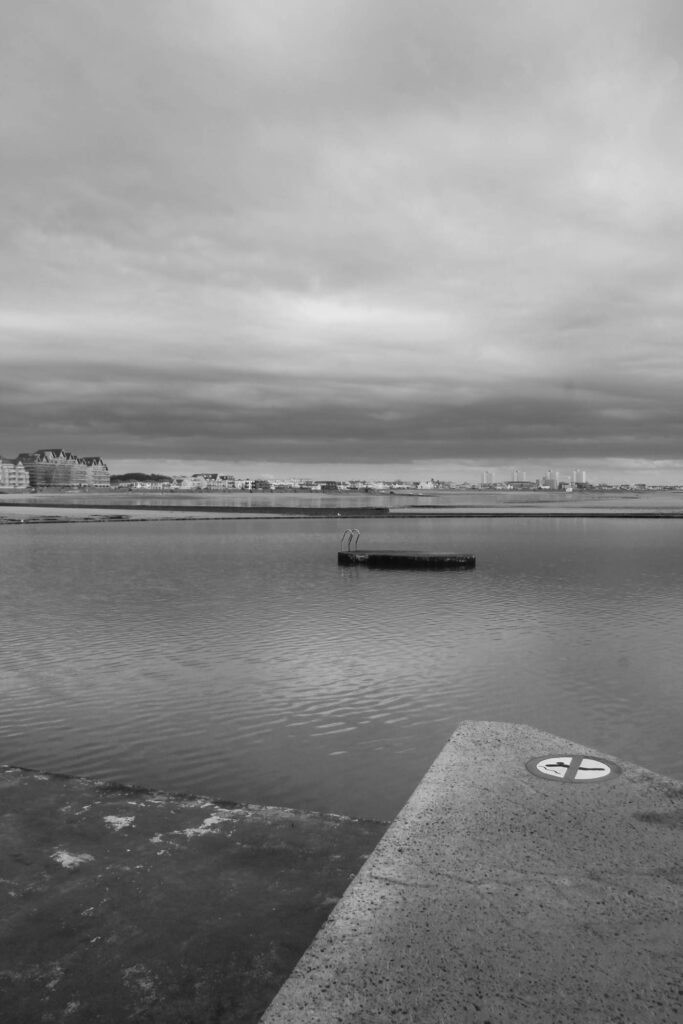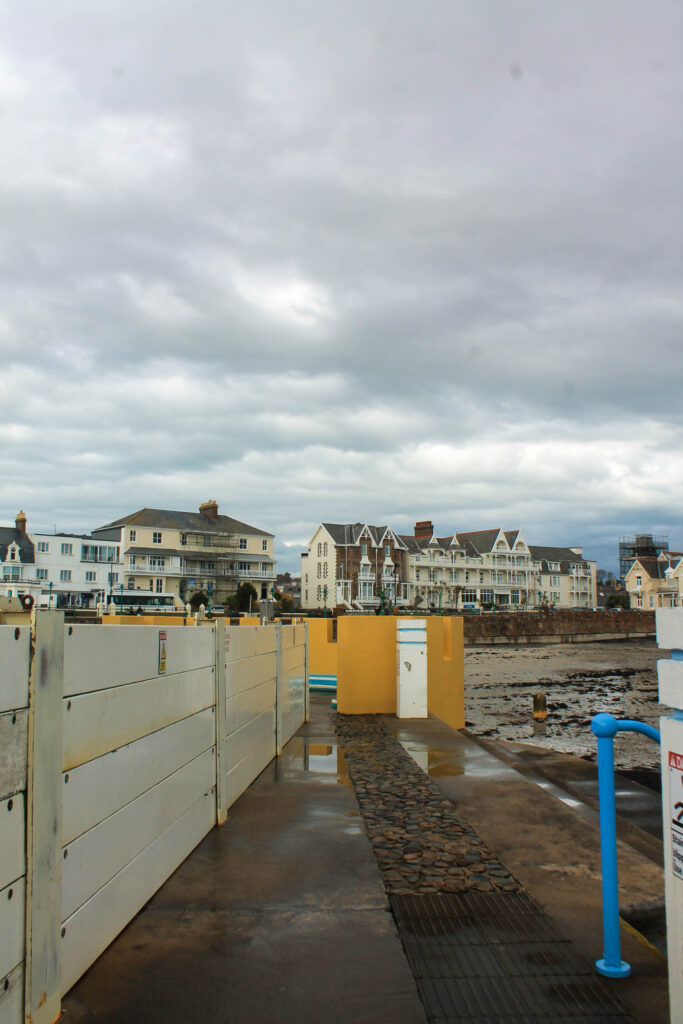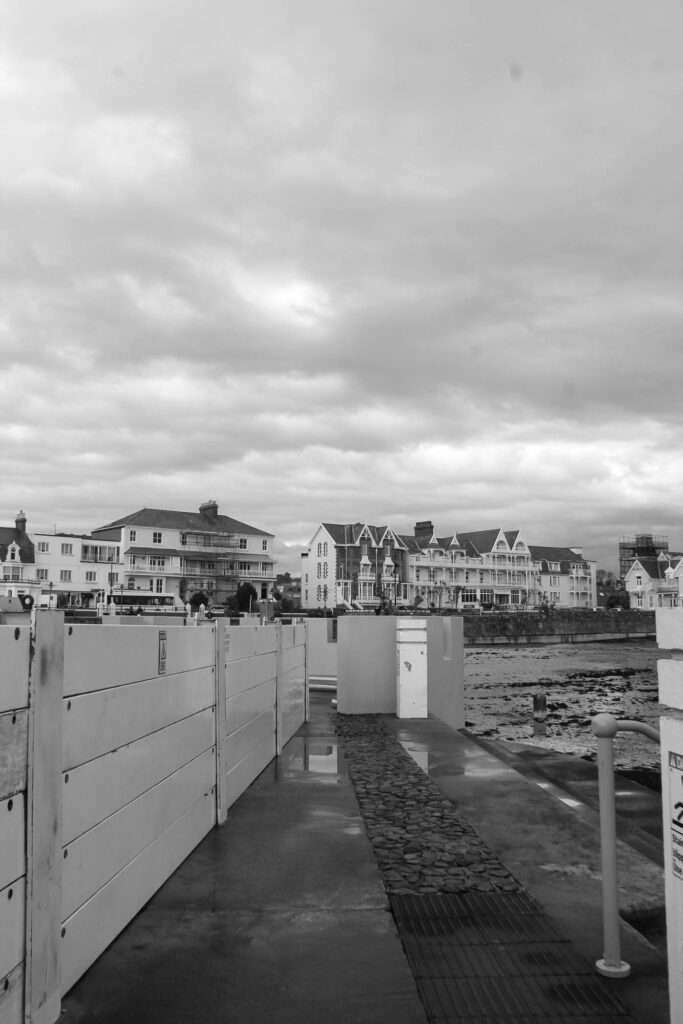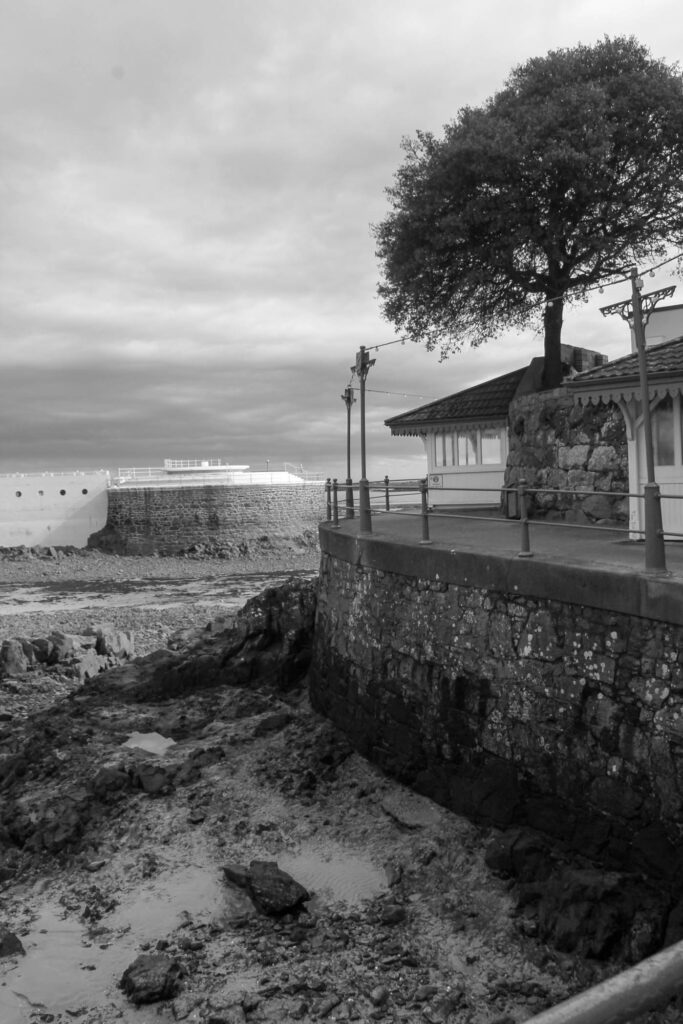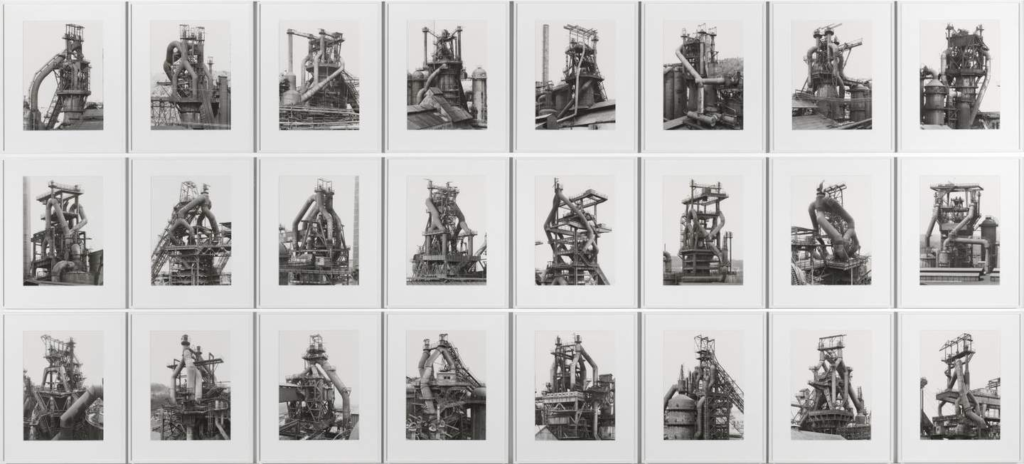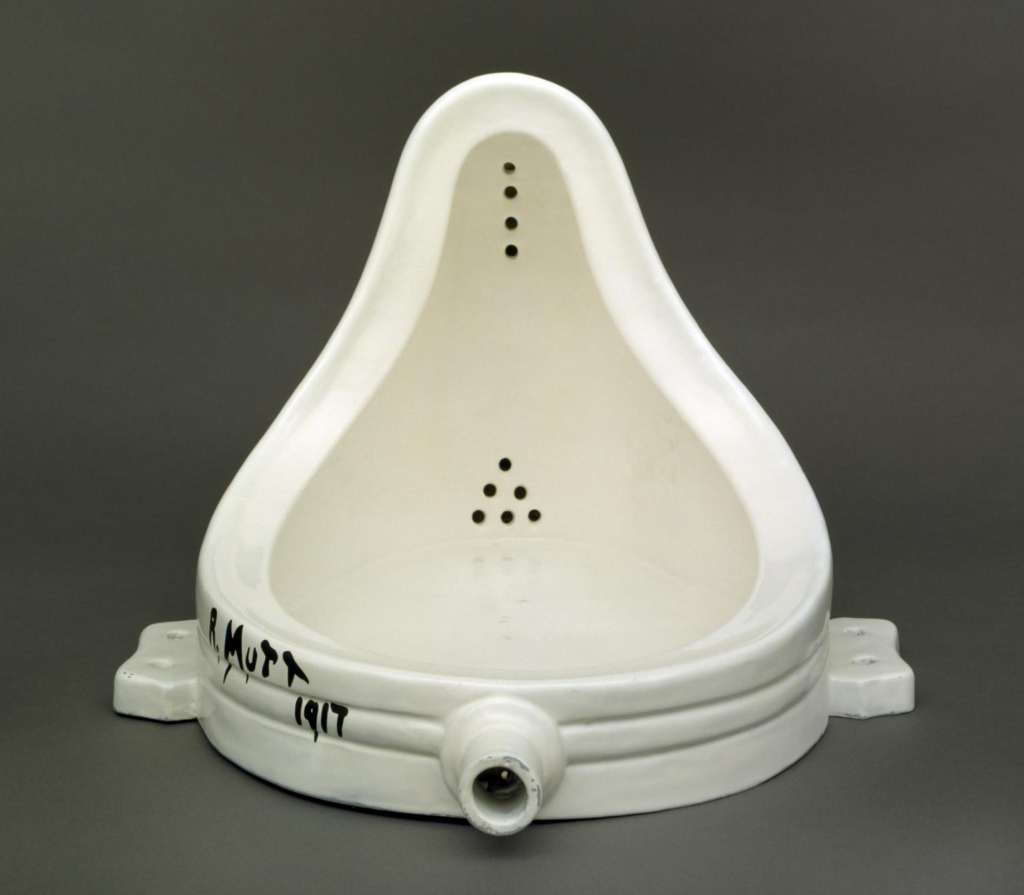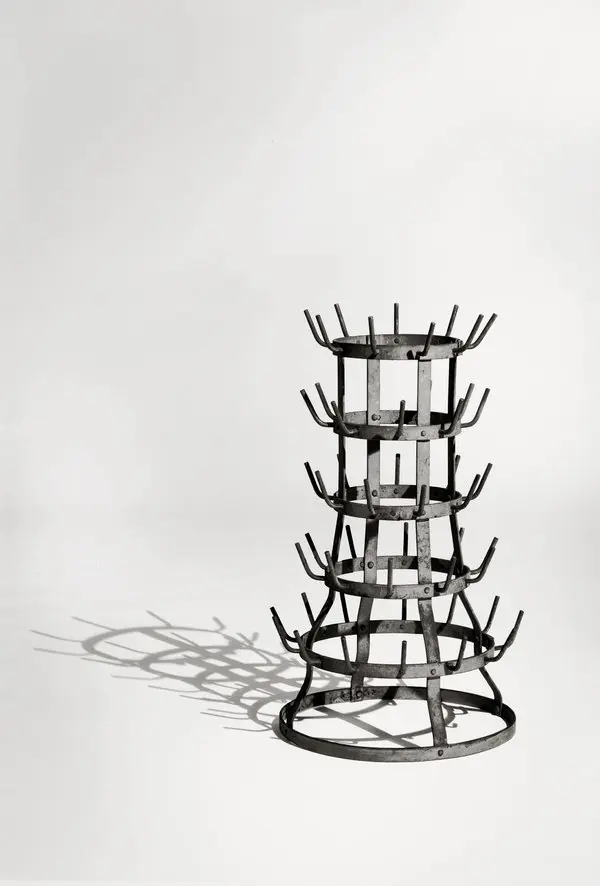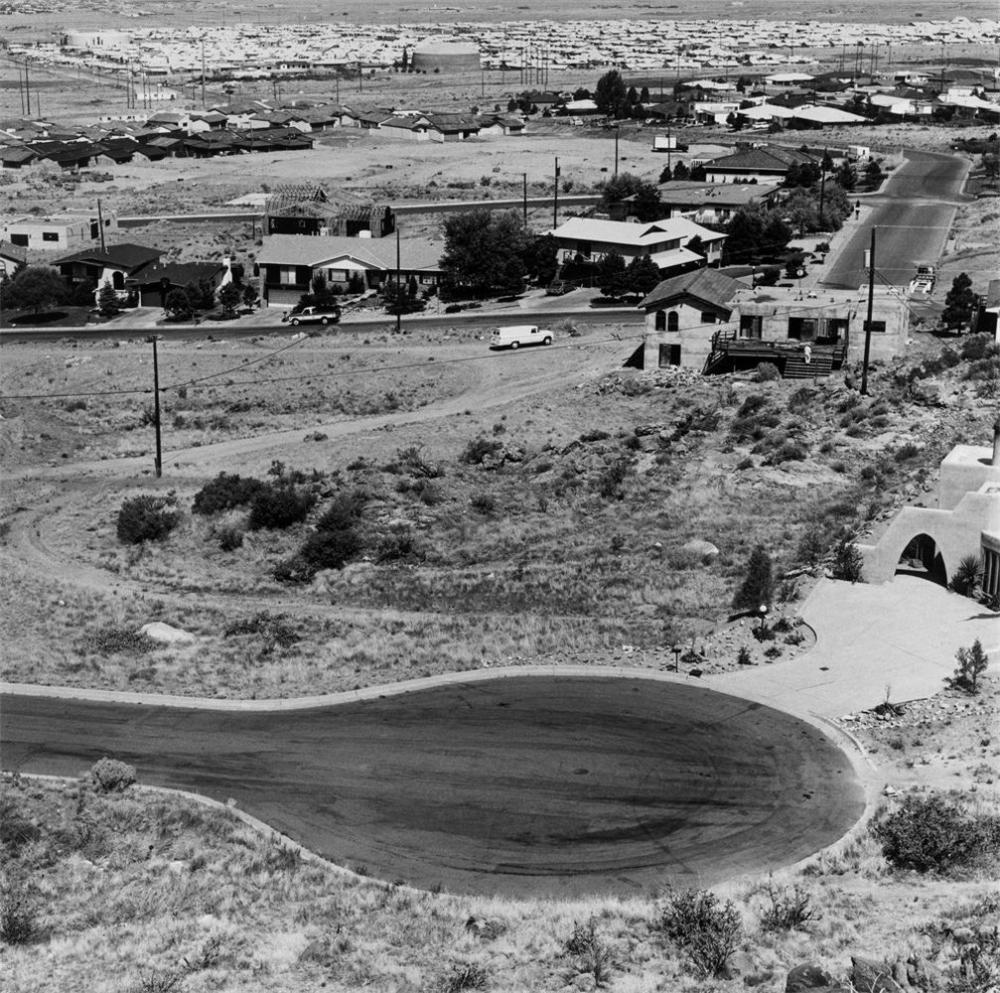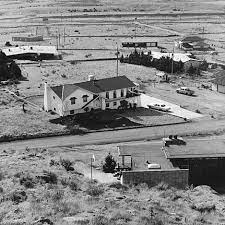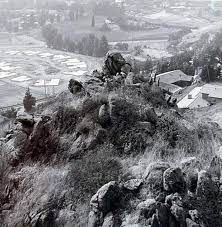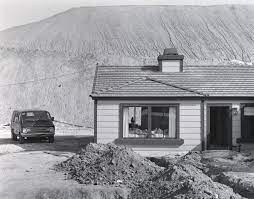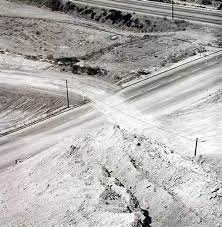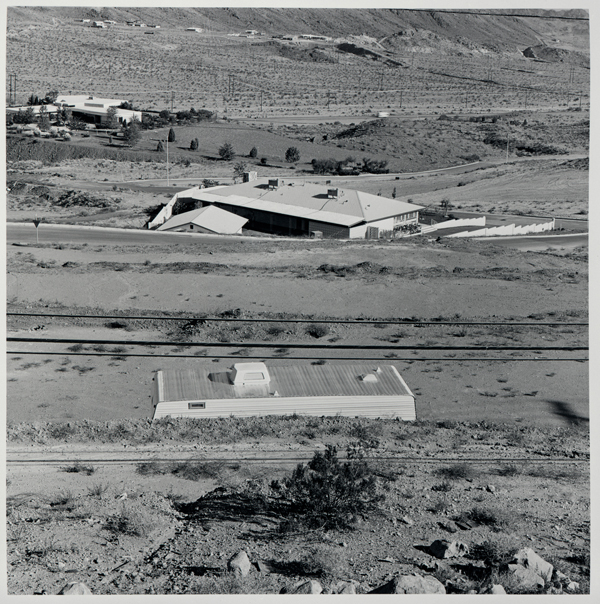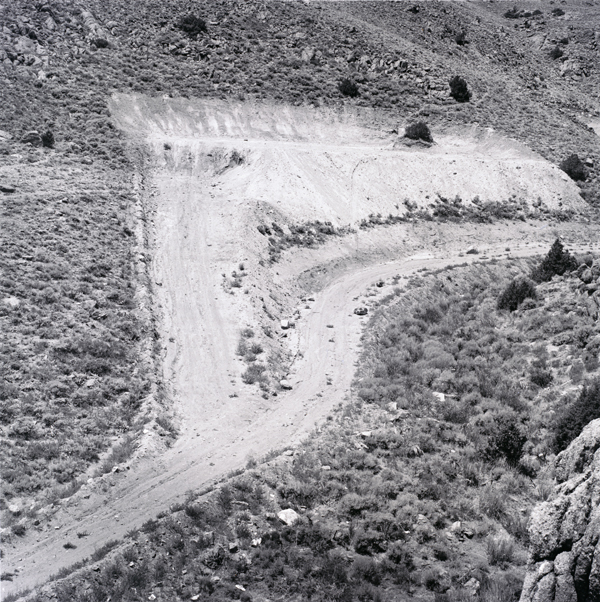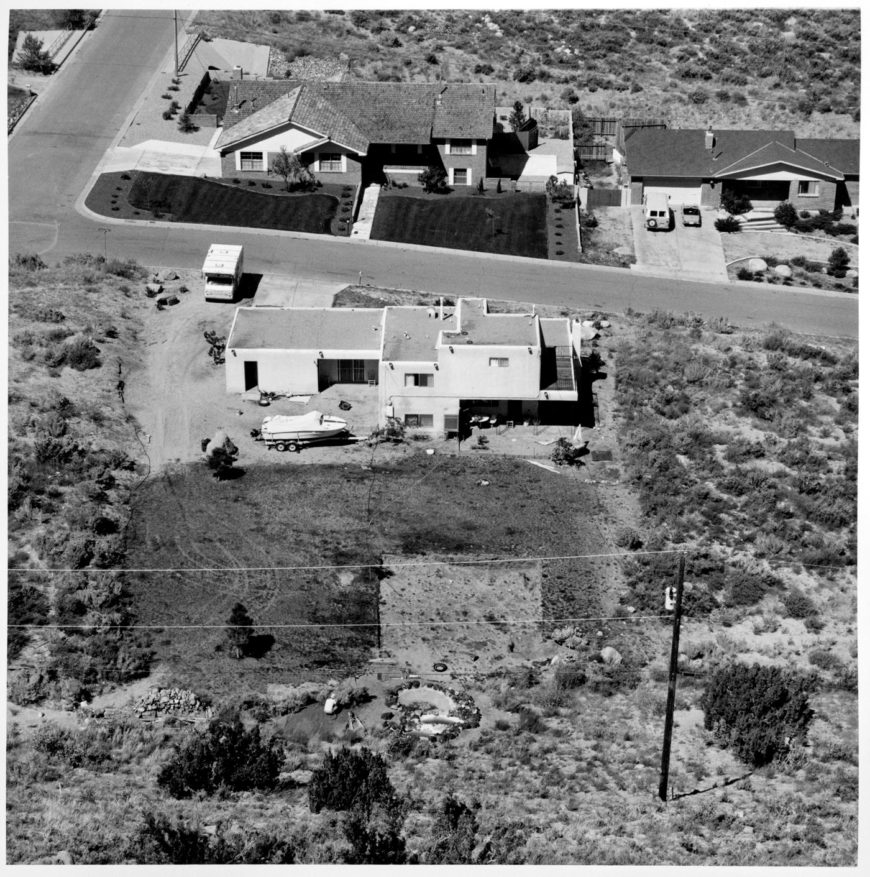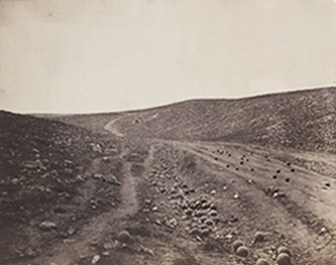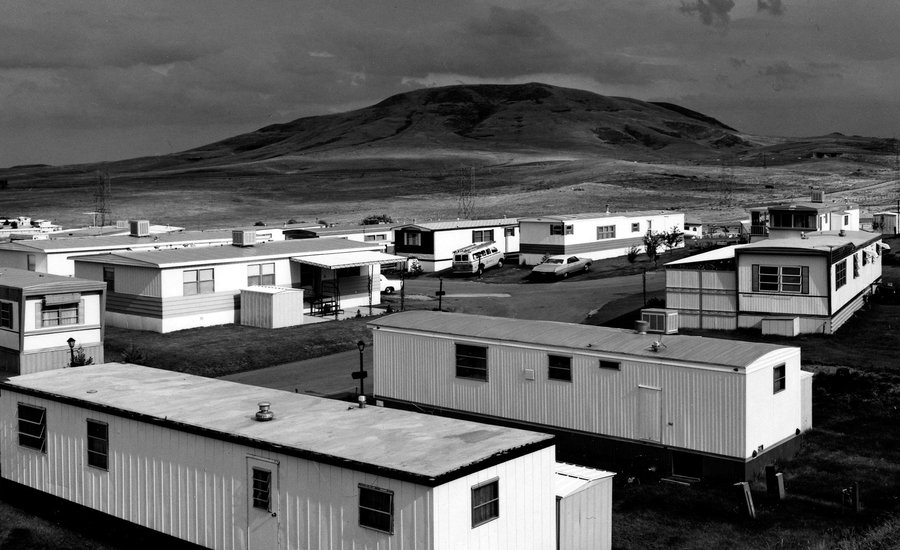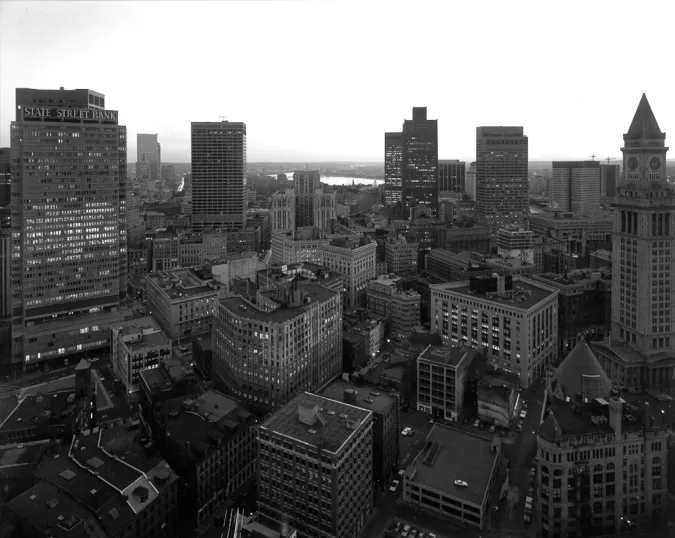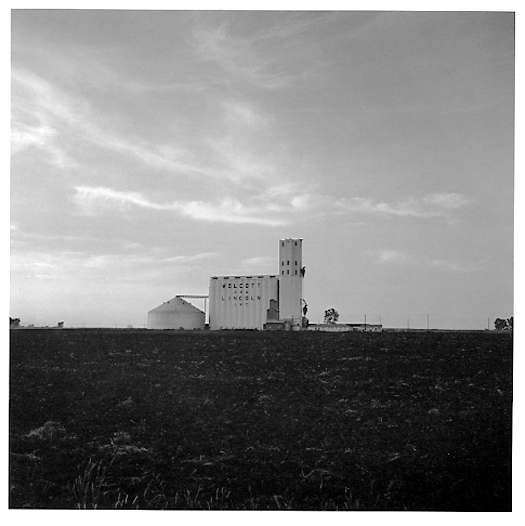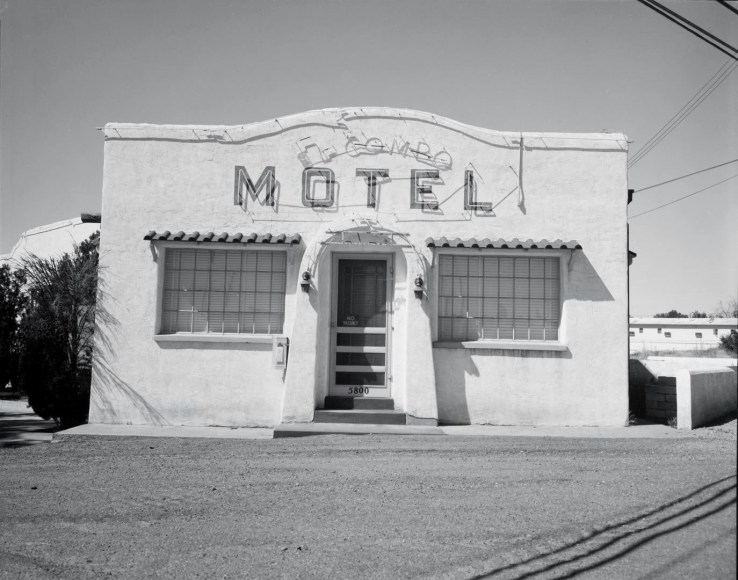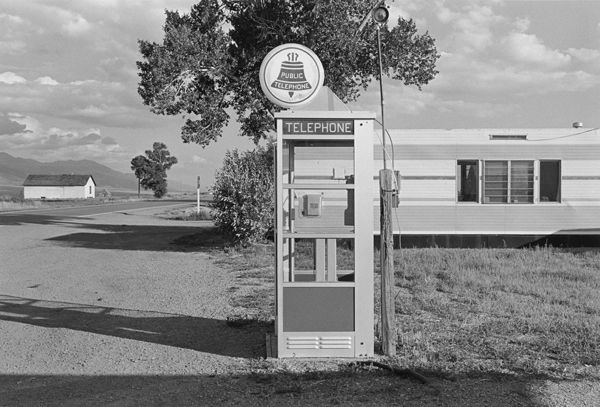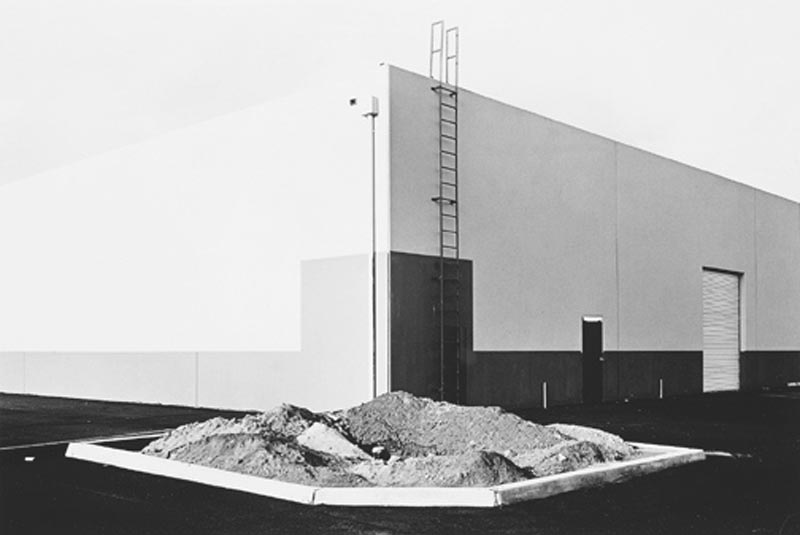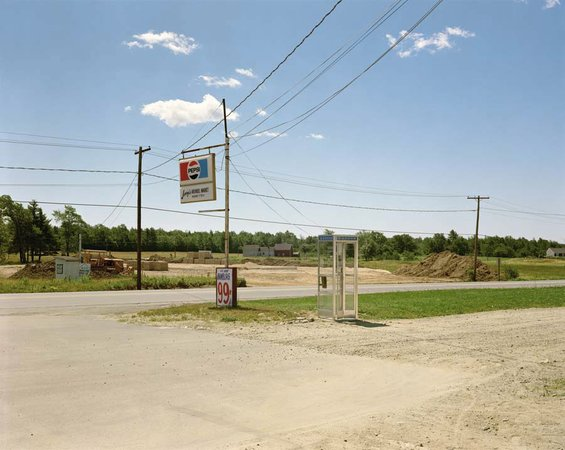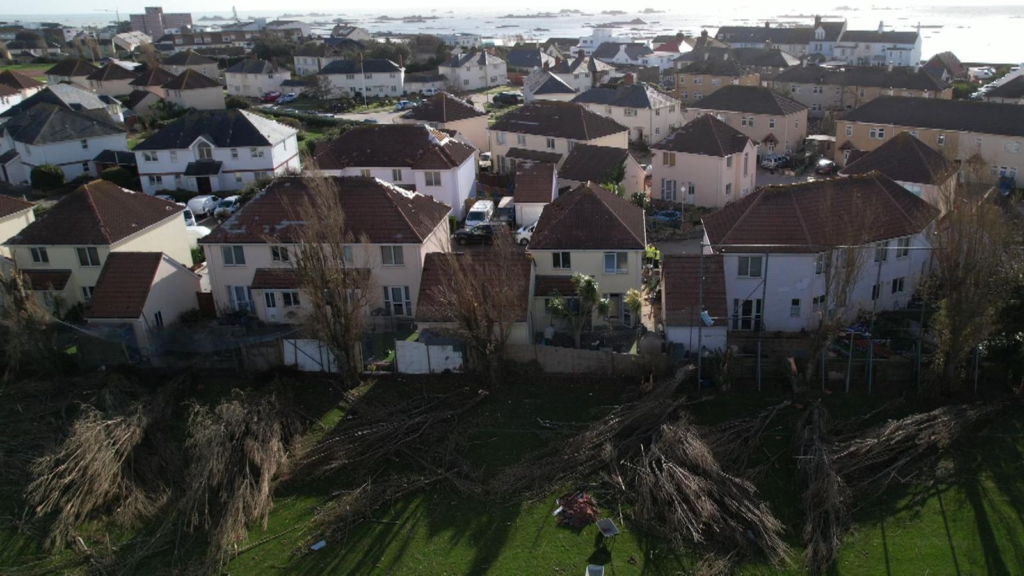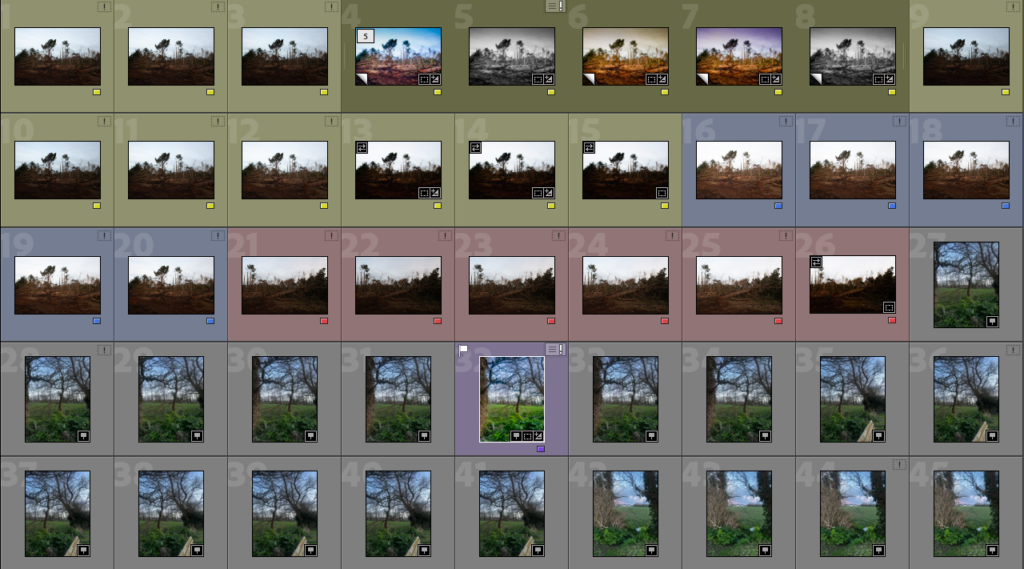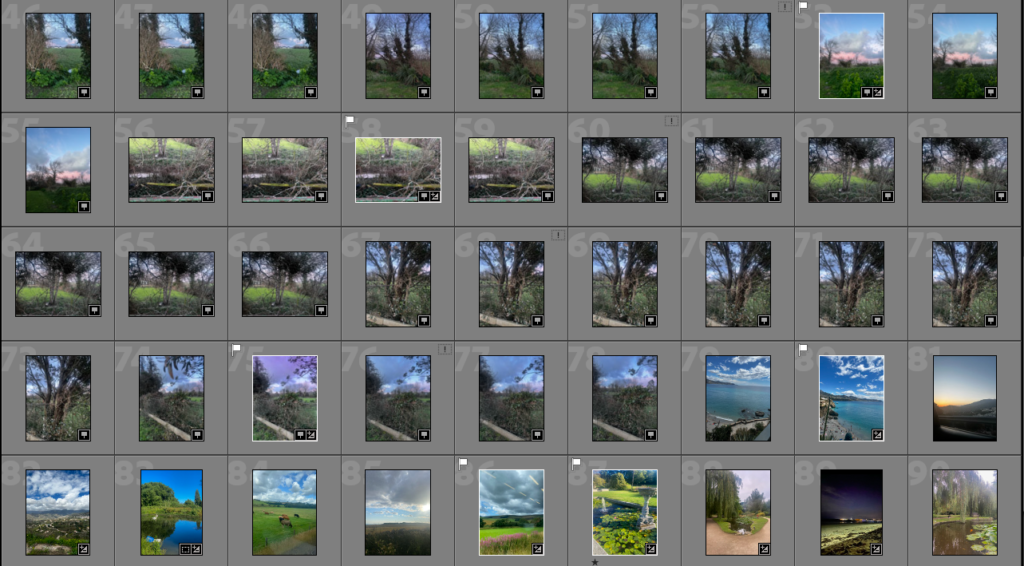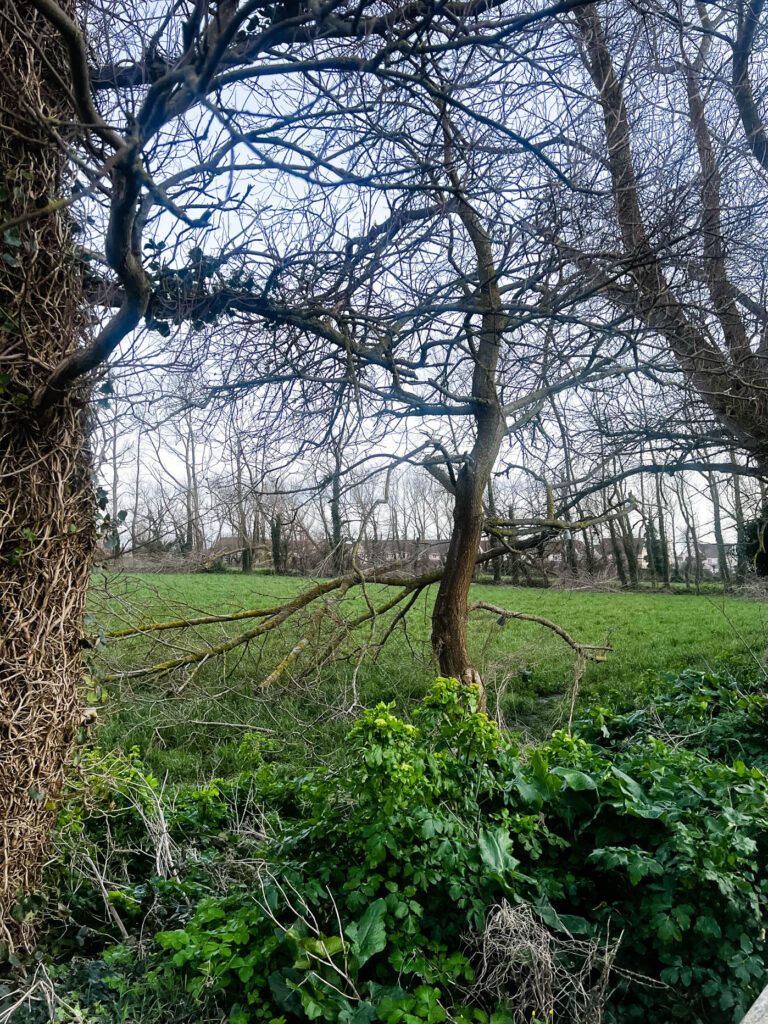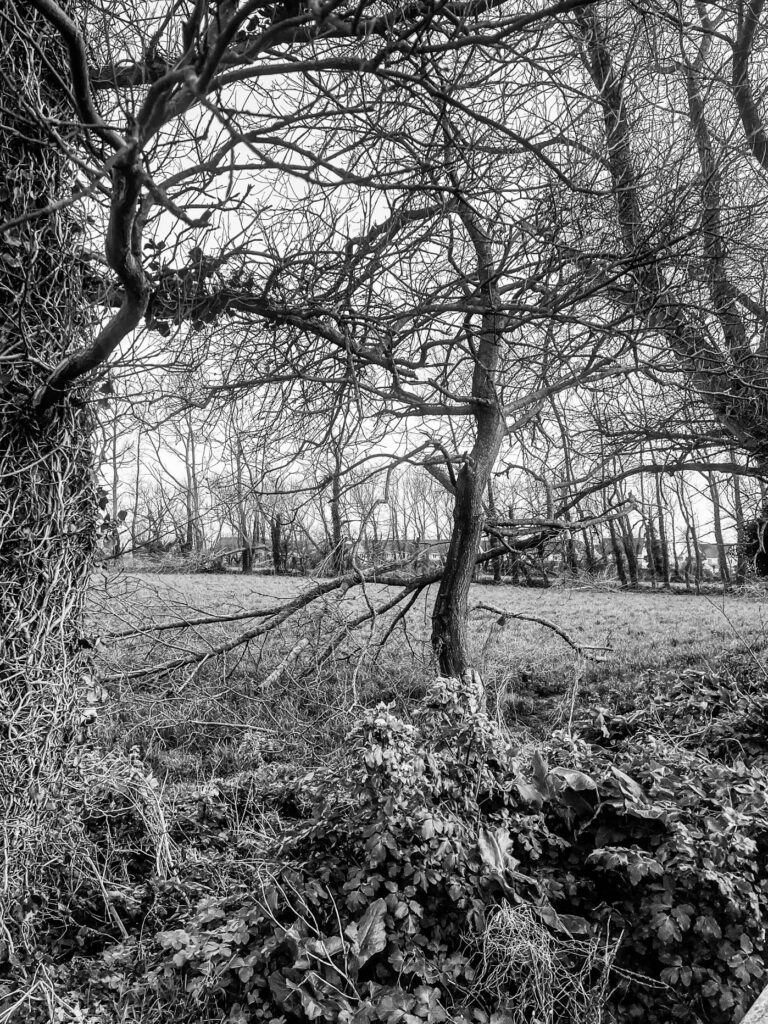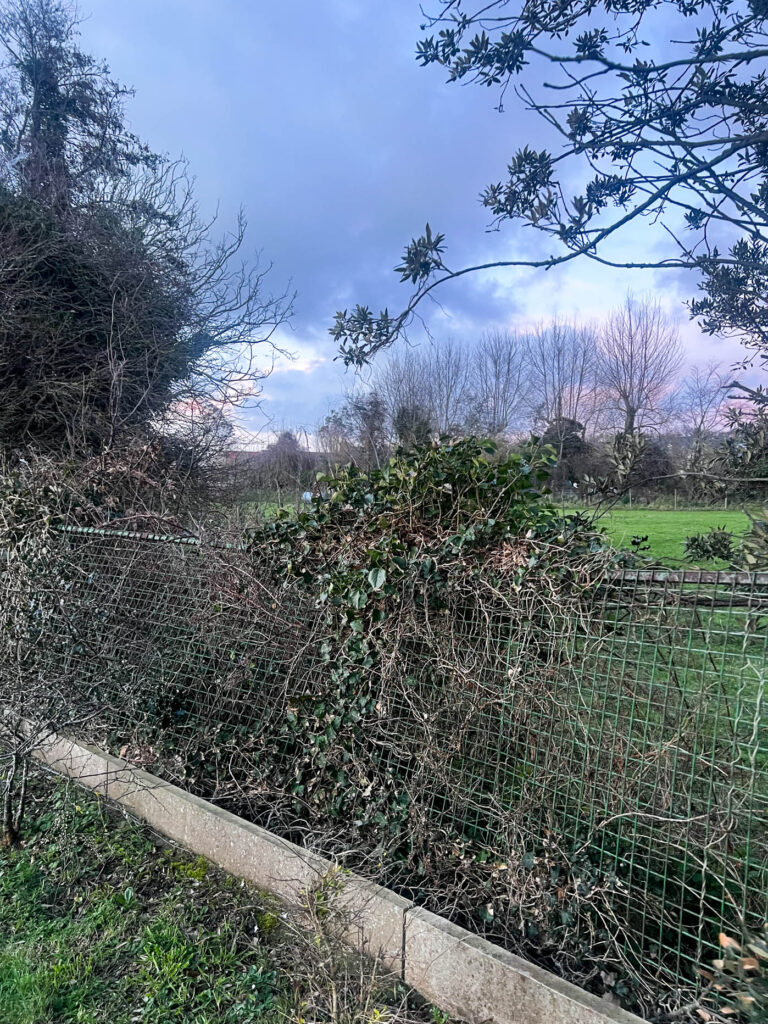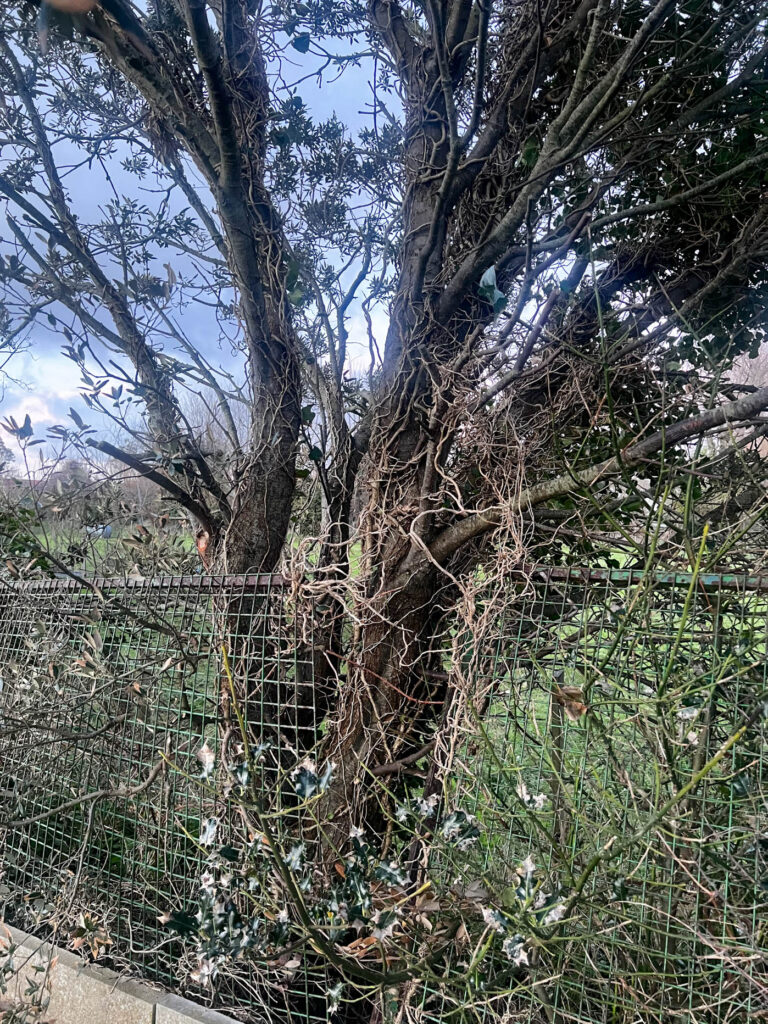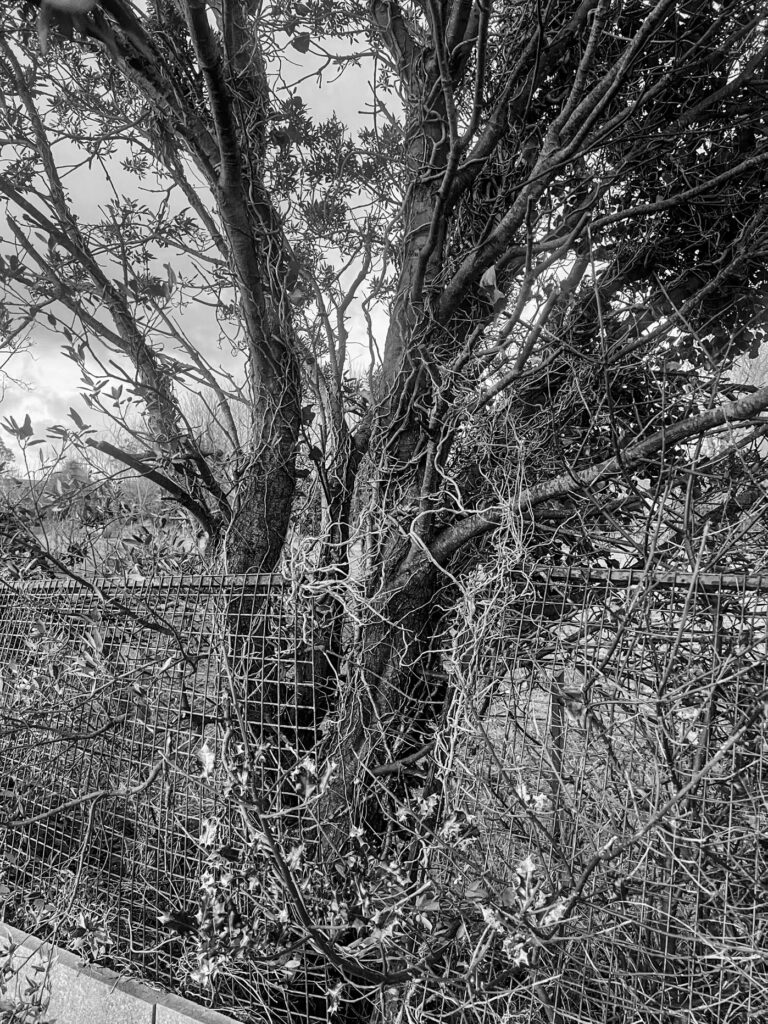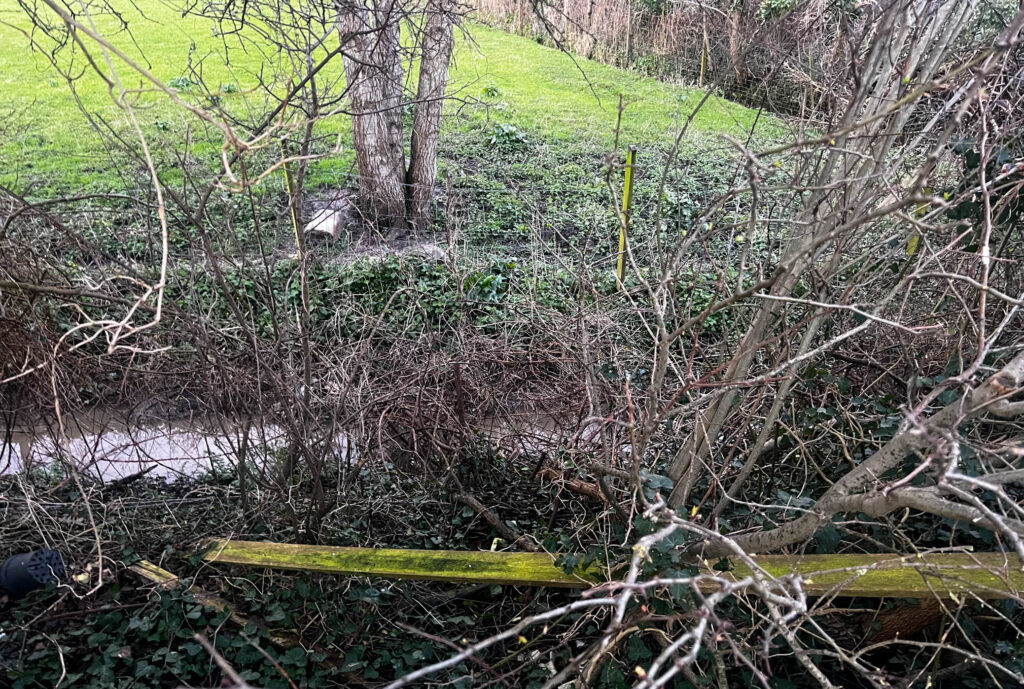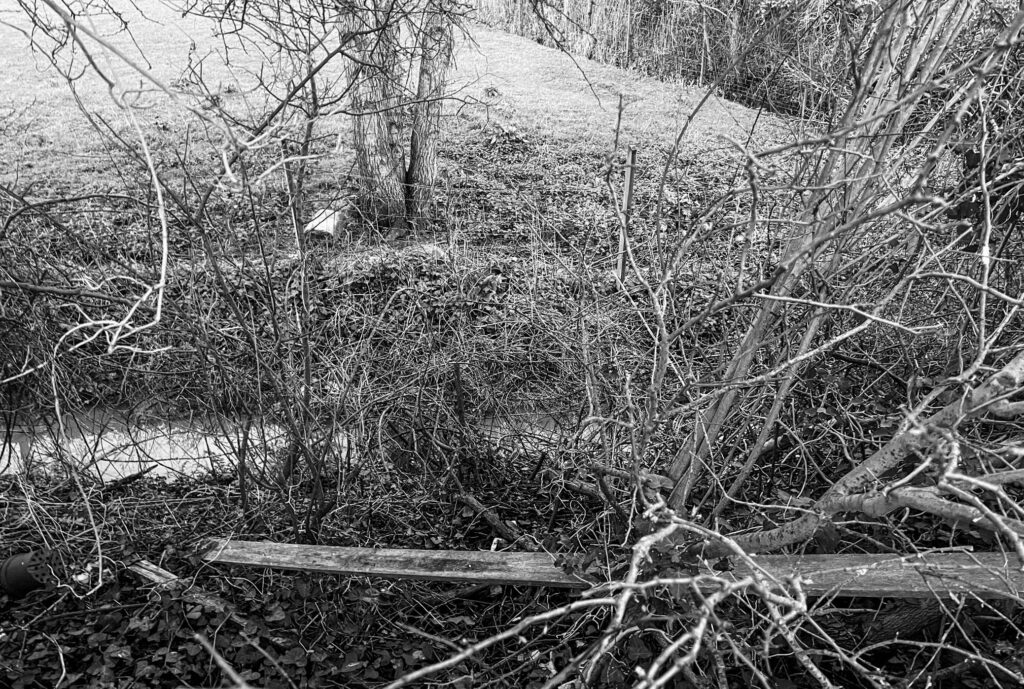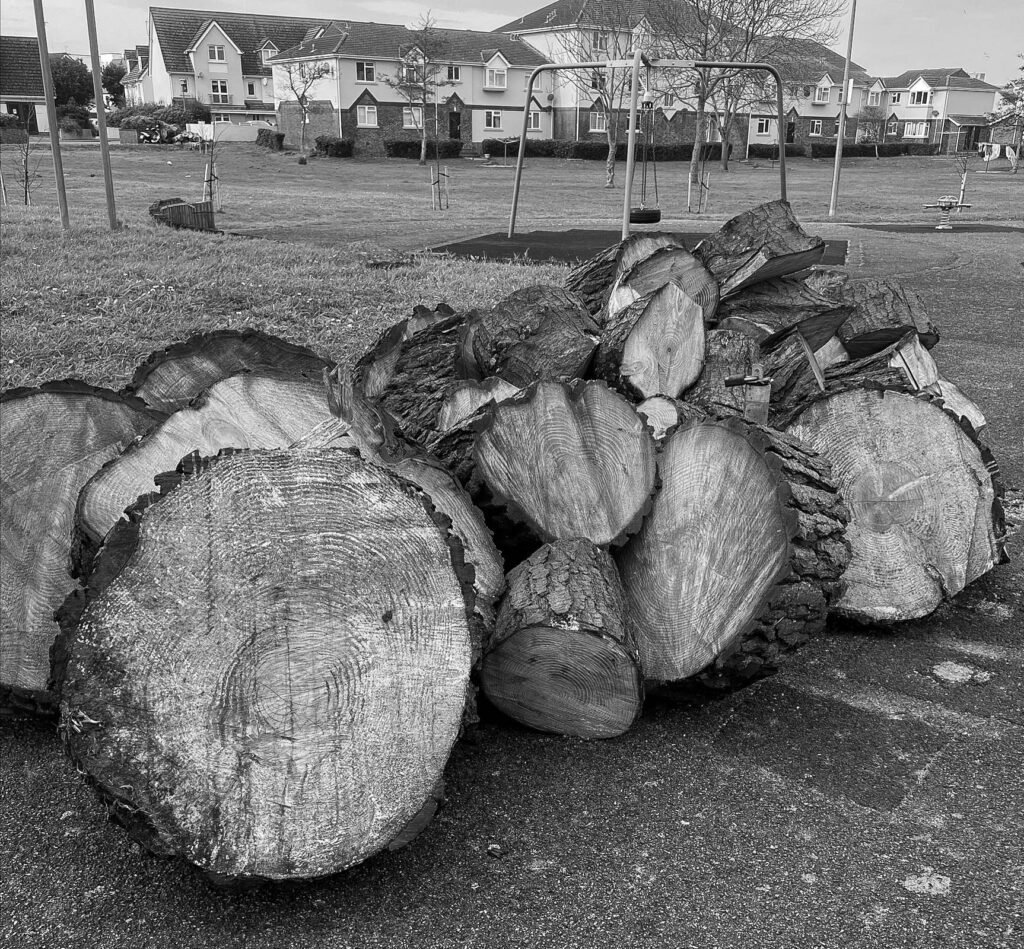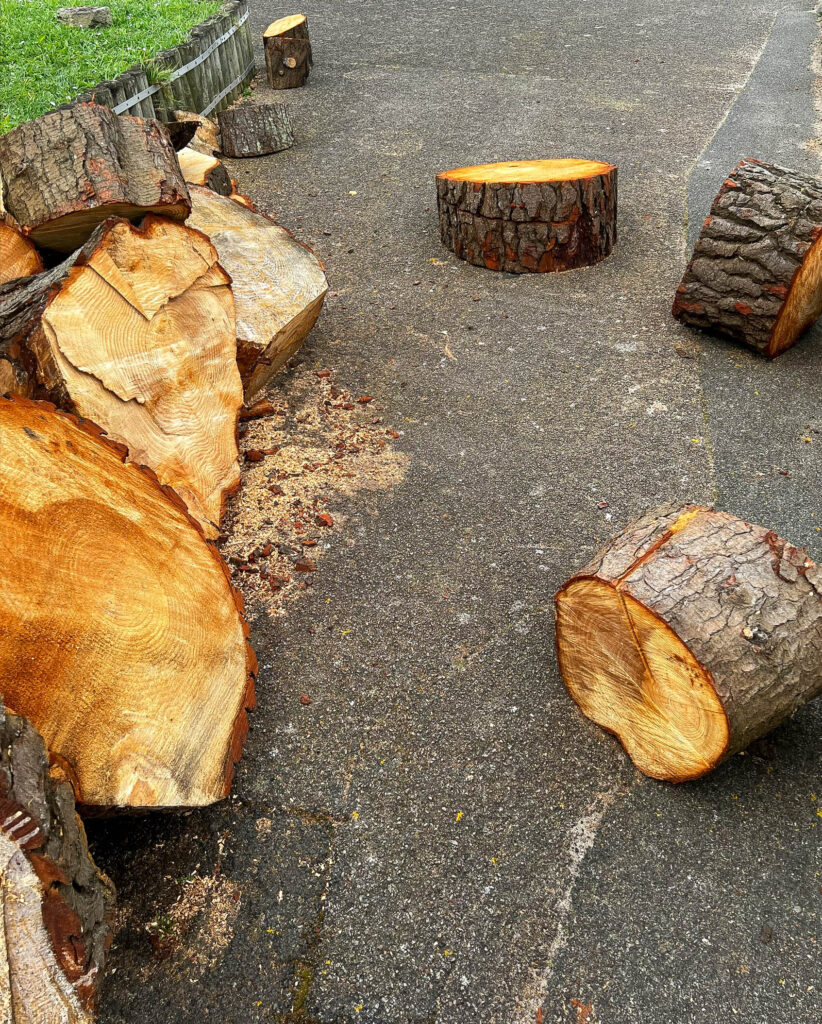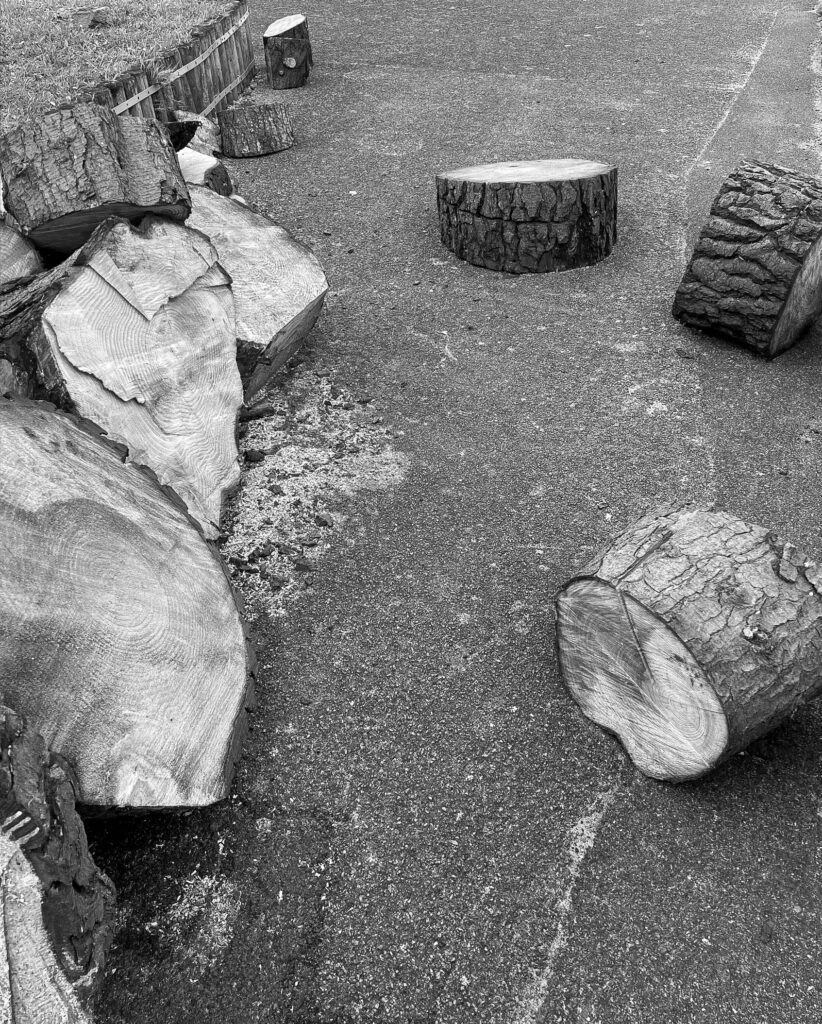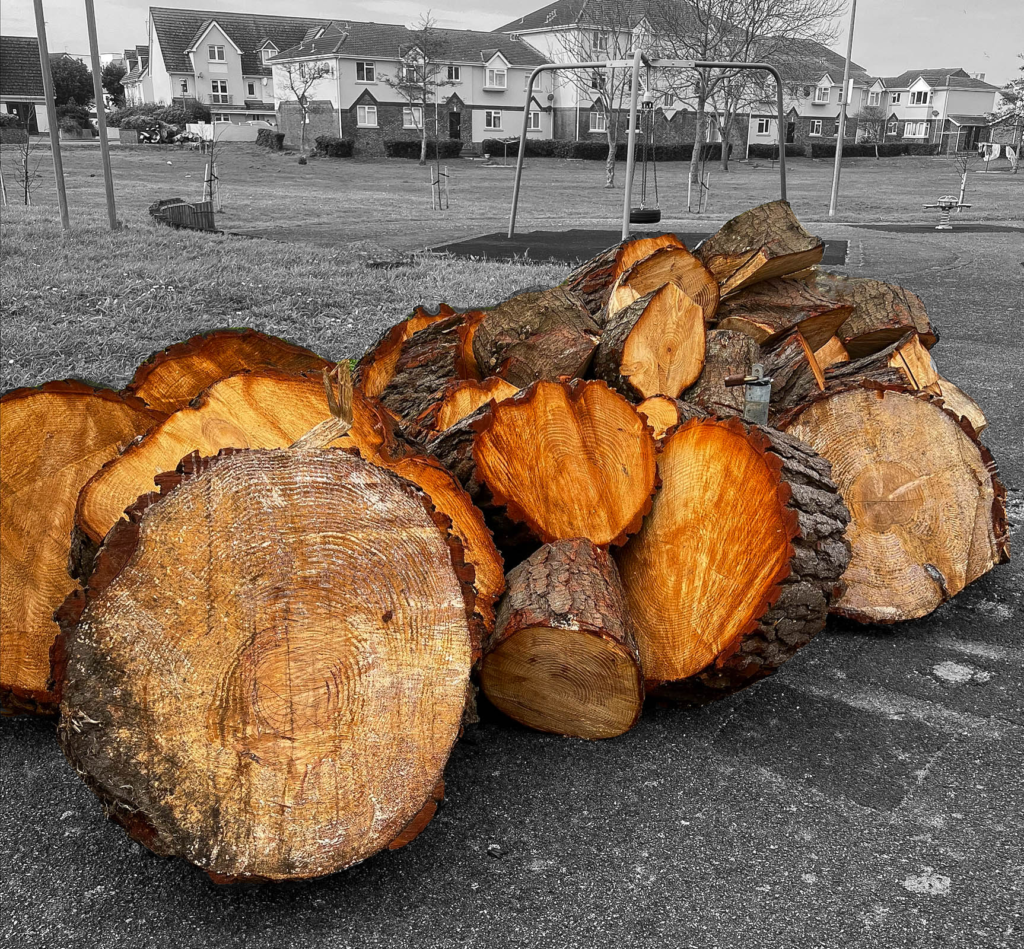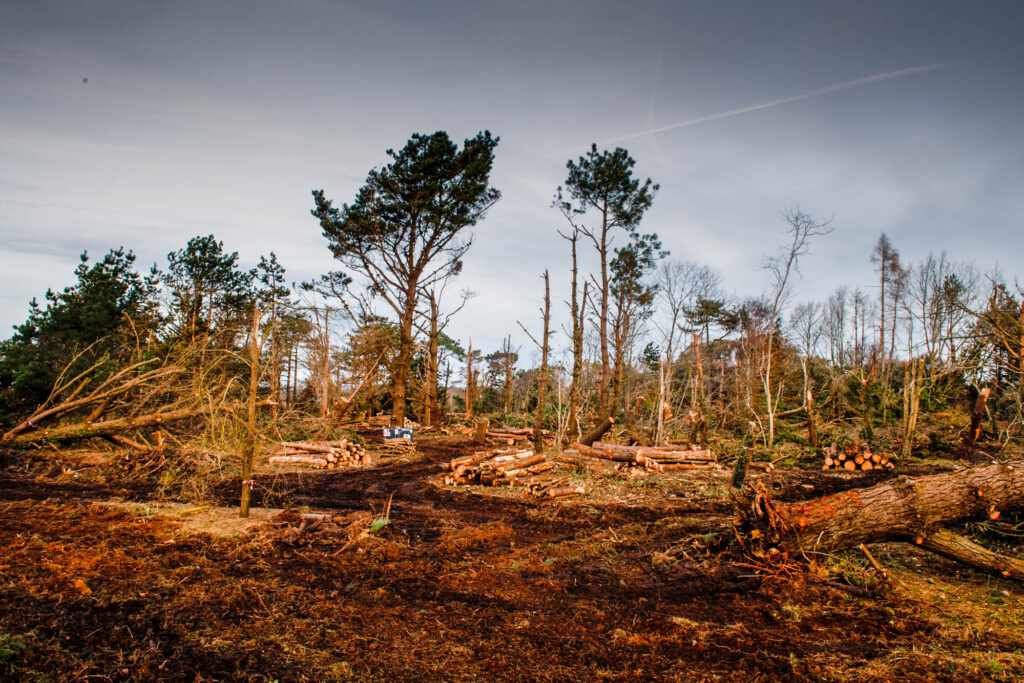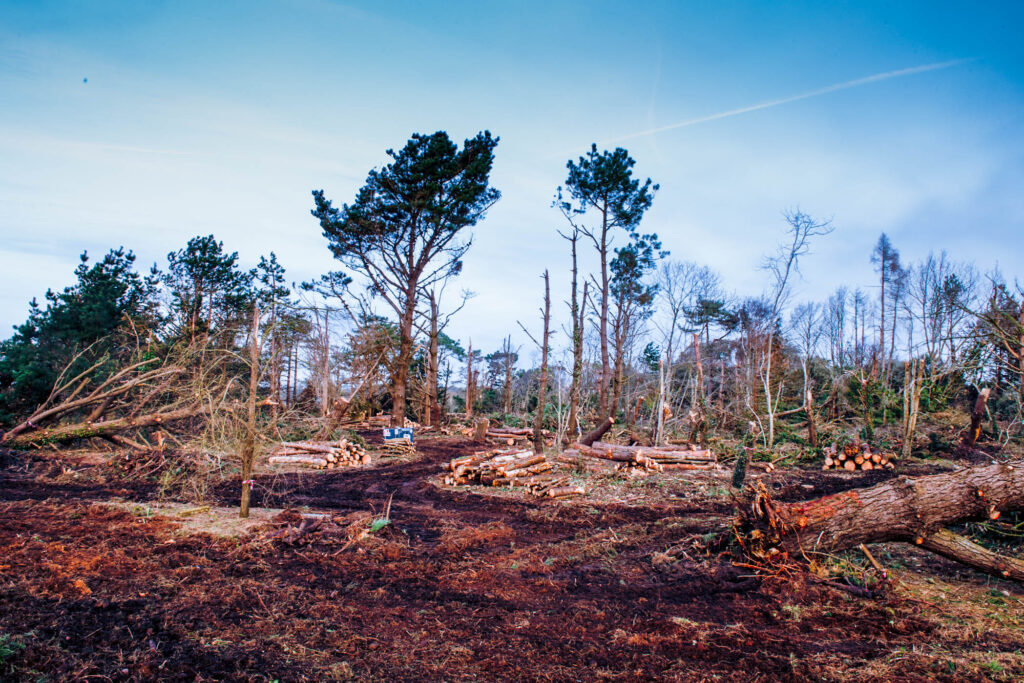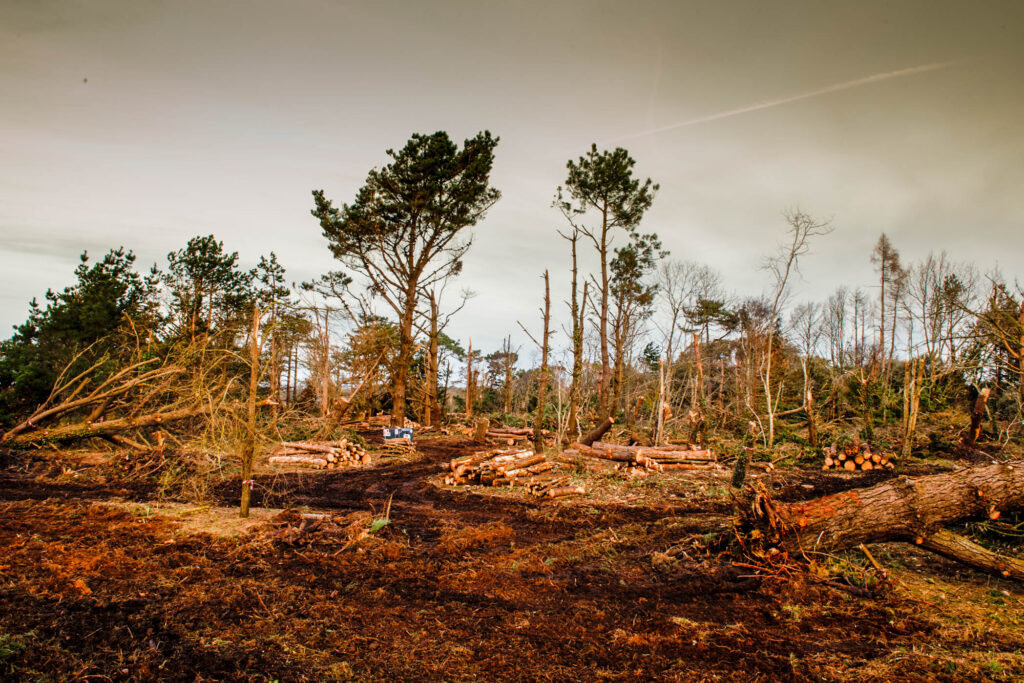One of the main focuses and aspects I want to involve in my photoshoot on Anthropocene within Jersey is the way that man-made structures restrict the growth and nurturing of the natural landscape alongside the ecosystems that reside there. Alongside this, I would like to demonstrate how the fast pace of human development not only adds to this issue (e.g. disregarded, abandoned structures mean that plants cannot thrive in or around this area, causing them to dry out and die or swarm the structure and take over in an unnatural way), this increases the amount of waste production. Another issue I would like to address within the Anthropocene is pollution:
- Air pollution
- Water pollution
- Land pollution (e.g litter in town centres)
By doing this I hope to highlight how using man-made products/services for personal gain produces a selfish and harmful effect on the world in hundreds of different ways. This way, I’m pointing out the subtle problems that we walk by every single day nonchalantly when realistically, these factors build up and combine to damage the world as we stand by without realization.
1
The first aspect I would like to photoshoot the derelict greenhouses located in the more rural/ countryside areas of the Island, for example in St Clements:
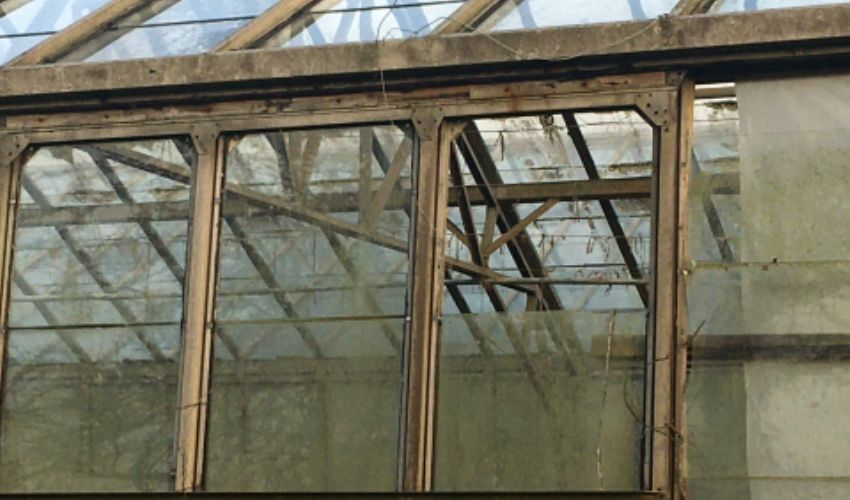





I am going to take inspiration from this image in George Marazakis work of ‘A Cure for Anthropocene’:

I am going to use artificial light e.g. from torches and get some of my friends to stand on the opposing side, behind the greenhouse. This way, the interior of the greenhouse will be reflected and visible through the glass to create an eerie yet mesmerizing feeling through the strange beauty of the shadows poking through. This way, not only will I be able to show more detail but I will be able to give the impression of a sunset/sunrise leaving it open to experimentation once I edit it in Lightroom.
The reason why I am taking this approach is also because derelict greenhouses around Jersey was used for tomato and potato farming around the island. However, due to mechanical and chemical-based farming, they are no longer in use as human development has leaned more towards using synthetic fertilizer. This is a technique that relies heavily on synthetic fertilizers and pesticides to boost yields and control pests, which can have negative impacts on the environment and human health but produces higher yields in the short-term due to greed. This leaves the greenhouses vacant to catch dirt and sit there, not allowing the environment to thrive, instead forcing it to decay. On the 20th of January 2023, the Chief Minister stated:
“When glasshouses are redundant to the horticultural industry or are derelict, they should be removed, and the land restored to agricultural use,”
The current Bridging Island Plan, which covers 2022 to 2025, has a distinct policy on derelict and redundant glasshouses, which states that their redevelopment for non-agricultural use will not be supported. This means that the construction of more properties will be denied in order to salvage these spaces if they are truly redundant derelict greenhouses.
2
The second way I would like to photoshoot the Anthropocene is pollution. In order to do this I am going to go into St Helier as this is the town centre and the most urban location on the island, being where the most people live. To look at land pollution I’m going to collect litter from my household, for example crisp packets and plastic bottles that I use. Then, I’m going to incorporate the natural landscape into it by photographing flowers and other plants coming out of the item which I am using. I would then like to piece this all together by placing it onto a black sheet and taking an image from above.
My concept behind this is to demonstrate how plastic is becoming more present within the natural landscape itself, being silently detrimental. For example, Fish in the North Pacific ingest 12,000 to 24,000 tons of plastic each year. This causes intestinal injury and death, transferring plastic up the food chain to bigger fish and marine mammals. This results in a high percentage of microplastics being ingested by humans themselves due to the high content in the seafood being consumed. Whilst the accurate figure on how much plastic actually enters the ocean is uncertain, it is estimated that there are 100 million tonnes of plastic in oceans around the world.

This results in approximately 100 million marine animals die each year from plastic waste alone, however many become trapped in the litter and get hurt alongside this in things such as beer tags, plastic water bottles and plastic bags. If a marine animal does become trapped in plastic, it has severe consequences of reduced mobility, starvation, drowning, or suffocation. Alongside this, it can cause the need for amputations, infections or growths, causing them to be less capable of finding food as well as being much more vulnerable to predators, causing an imbalance within the food chain. Animals often eat plastic because they are not always able to distinguish plastic from food. Organisms that are filter feeders (plankton, shellfish, baleen whales) or that live under the beach sand (lugworms) cannot make that distinction.
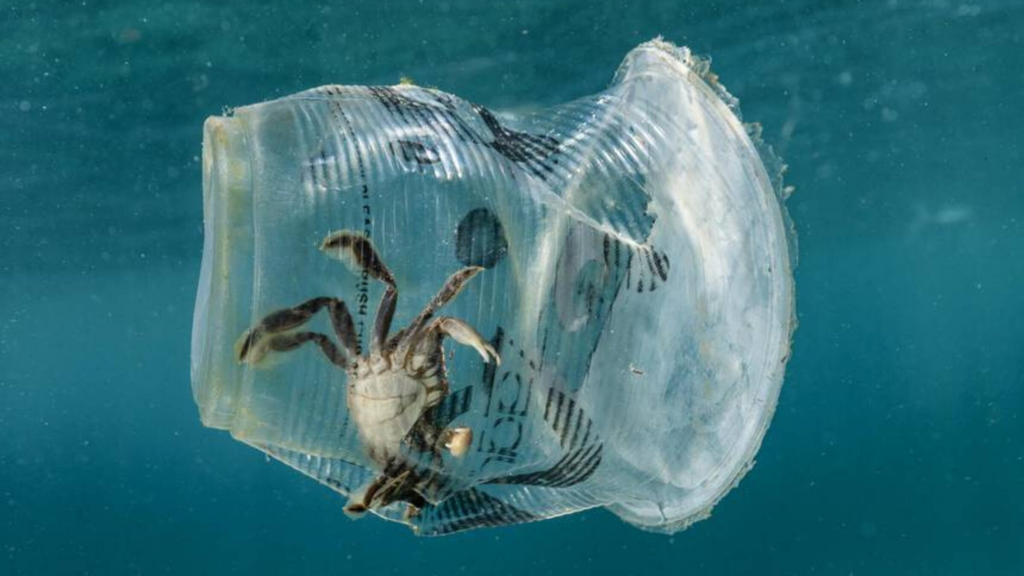





I would also like to highlight this issue because it demonstrates how the careless and selfish actions taken (littering and polluting the planet) has high consequences for humans themselves. Due to the high level of plastic in the ocean, this becomes consumed by an unknowing small fish, causing the microplastic ingested to travel up the food chain from prey to predator. Eventually, it reaches the seafood that we enjoy at home or in restaurants. In fact, studies have found that we eat about 52,000 particles annually, possibly 5 grams of microplastic per week – about the weight of a credit card. In 2022, it was found in a study that humans actually have microplastics in their blood due to high exposure to this pollution – 77% of people who were tested had microplastics in their bloodstream. This high hazard of mismanaged waste approximately kills 1 million people annually.
When plastics end up in the environment, they can bind with these pollutants, including persistent organic toxins such as PCBs (Polychlorinated biphenyls) and dioxins, both of which are not only very resistant to degradation but can also accumulate in animal fats and tissues. This means that the plastic will not break down and decompose over time, only gets broken down into smaller and smaller pieces. However, the particles do not actually degrade.
